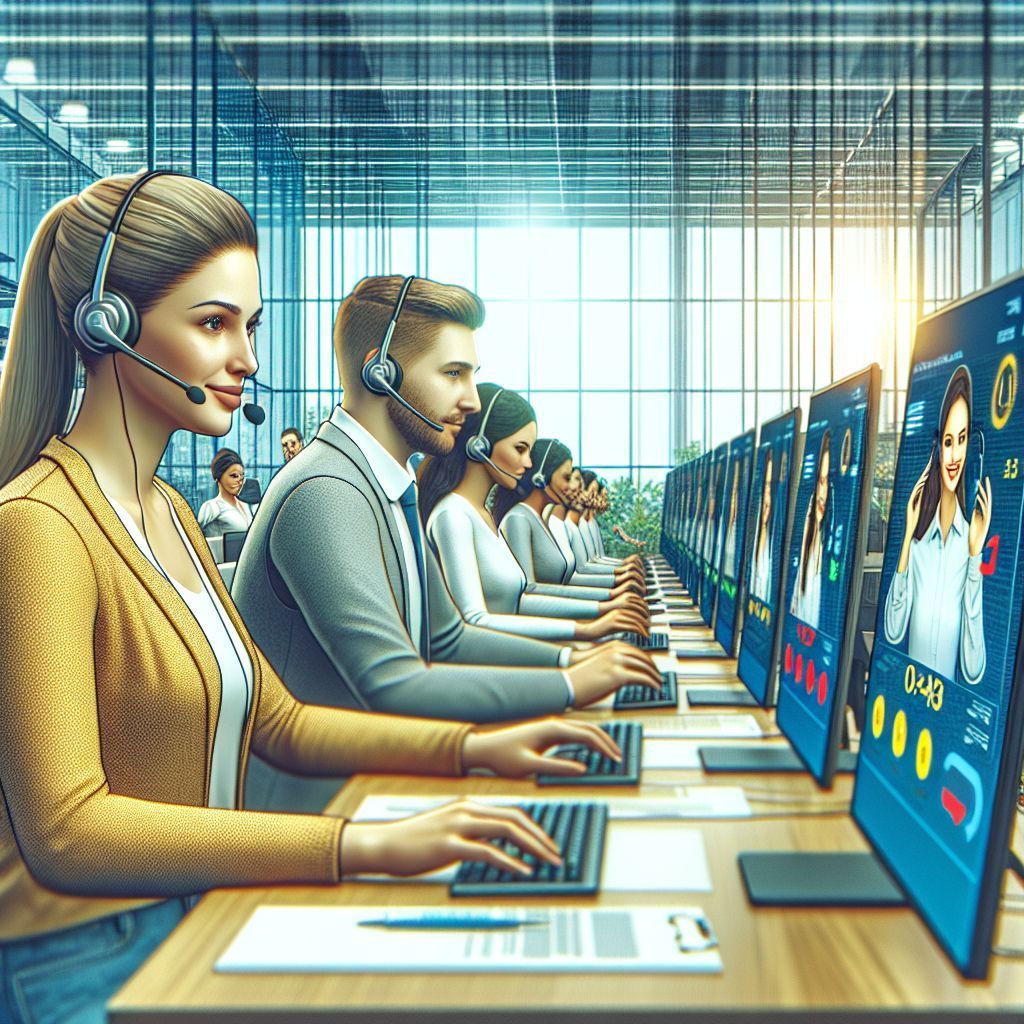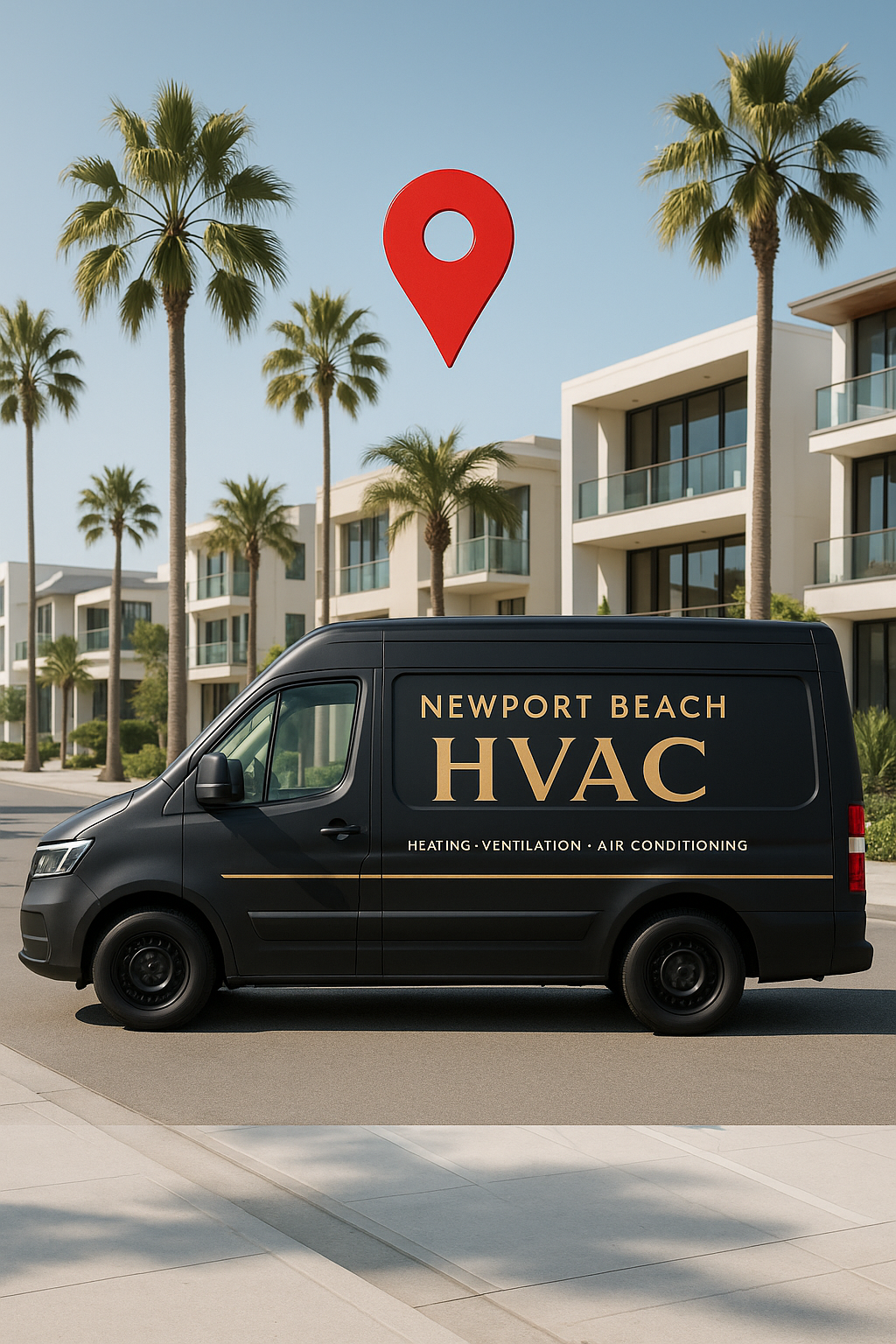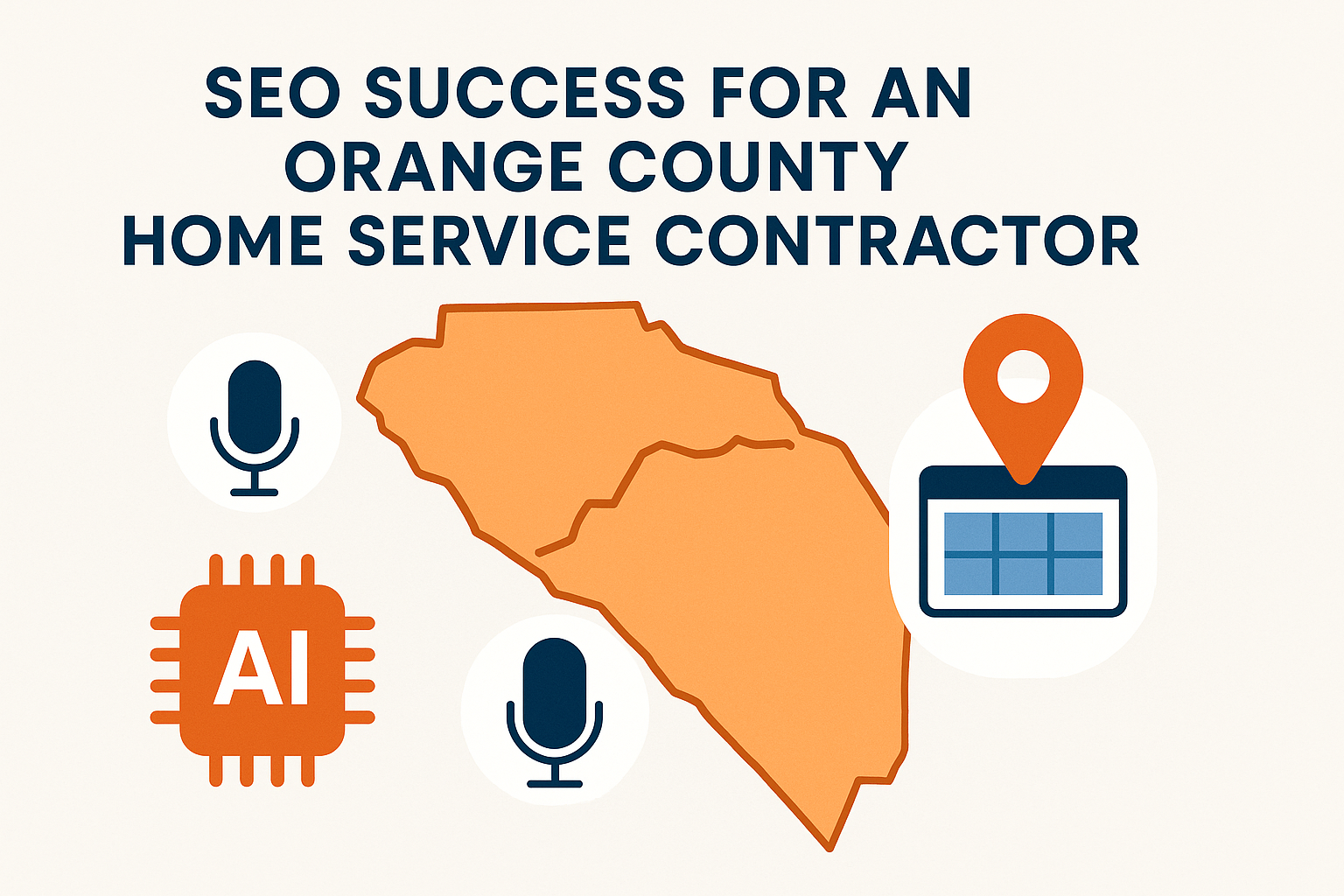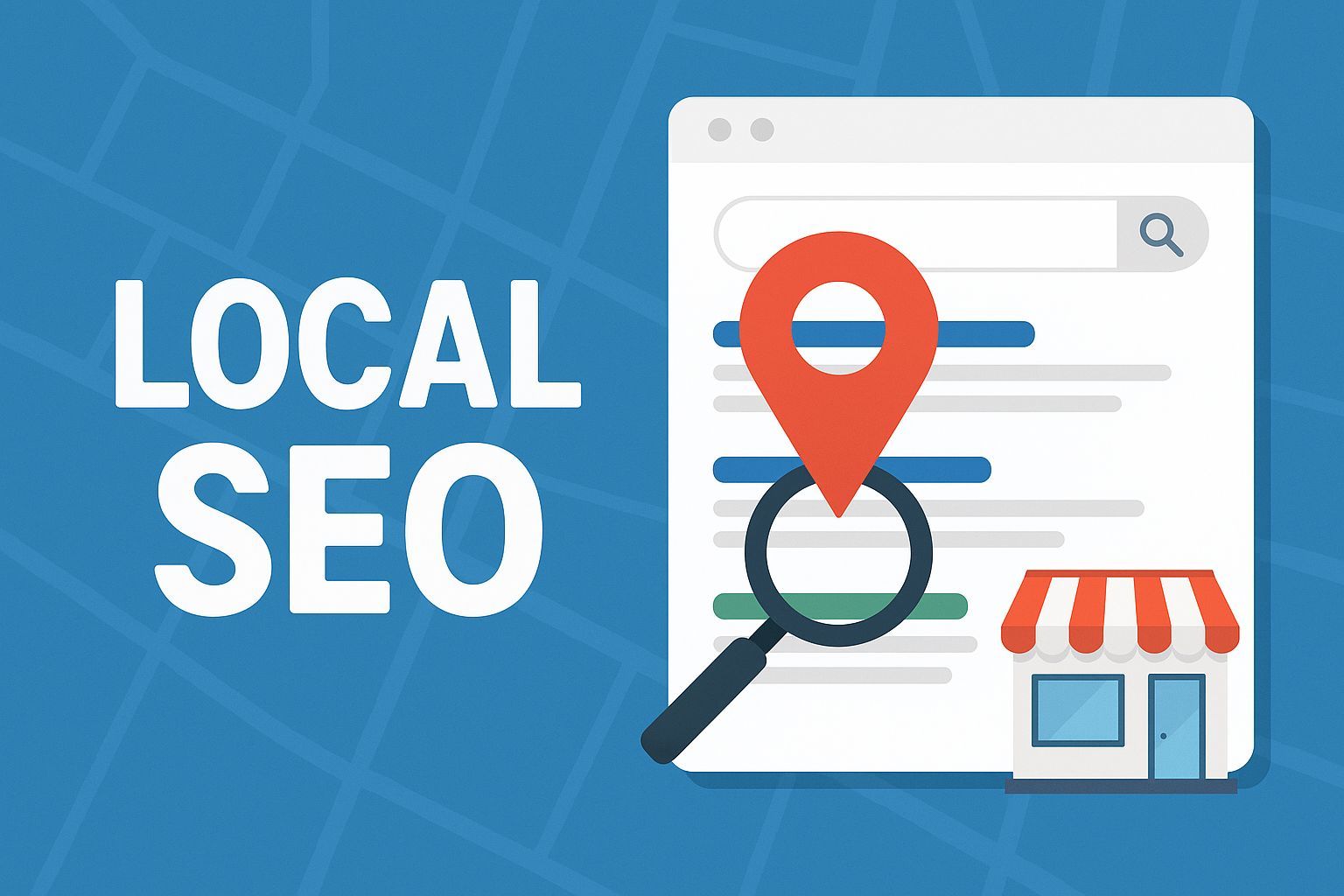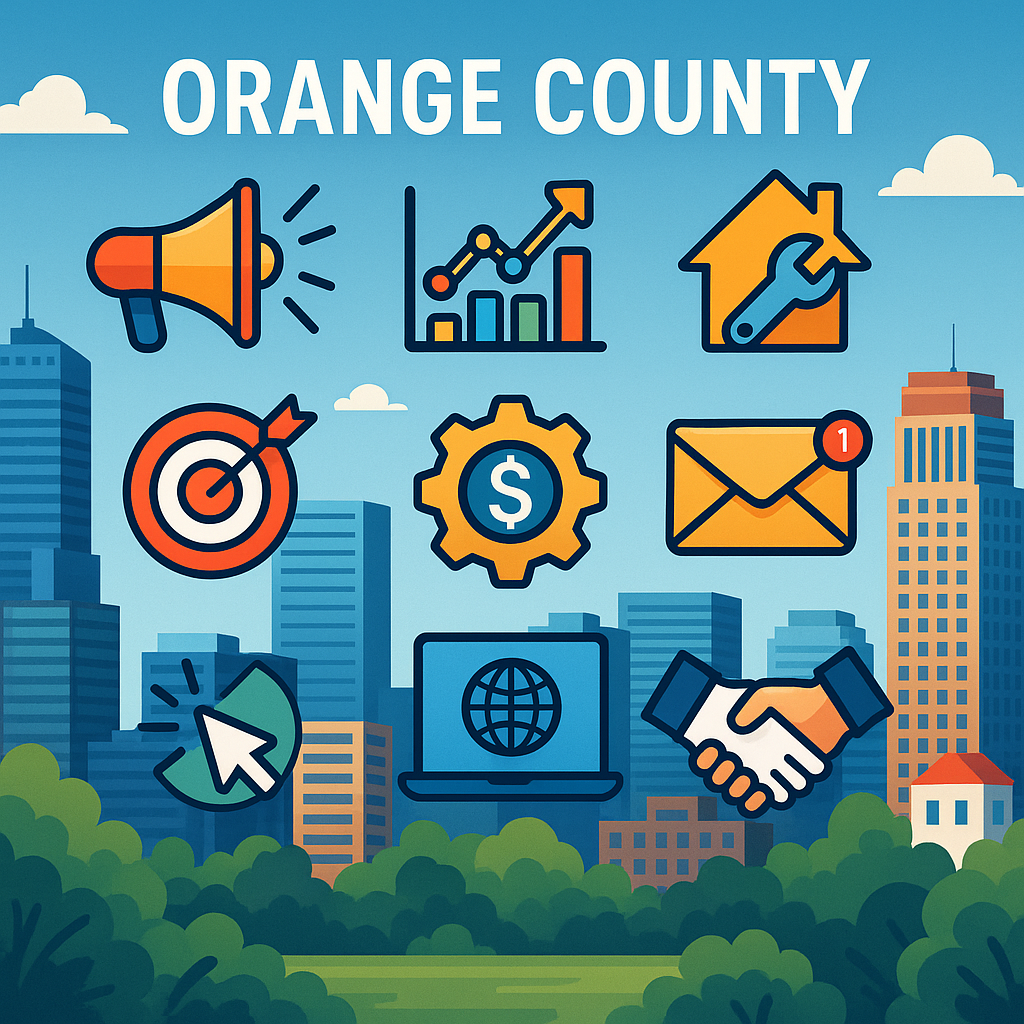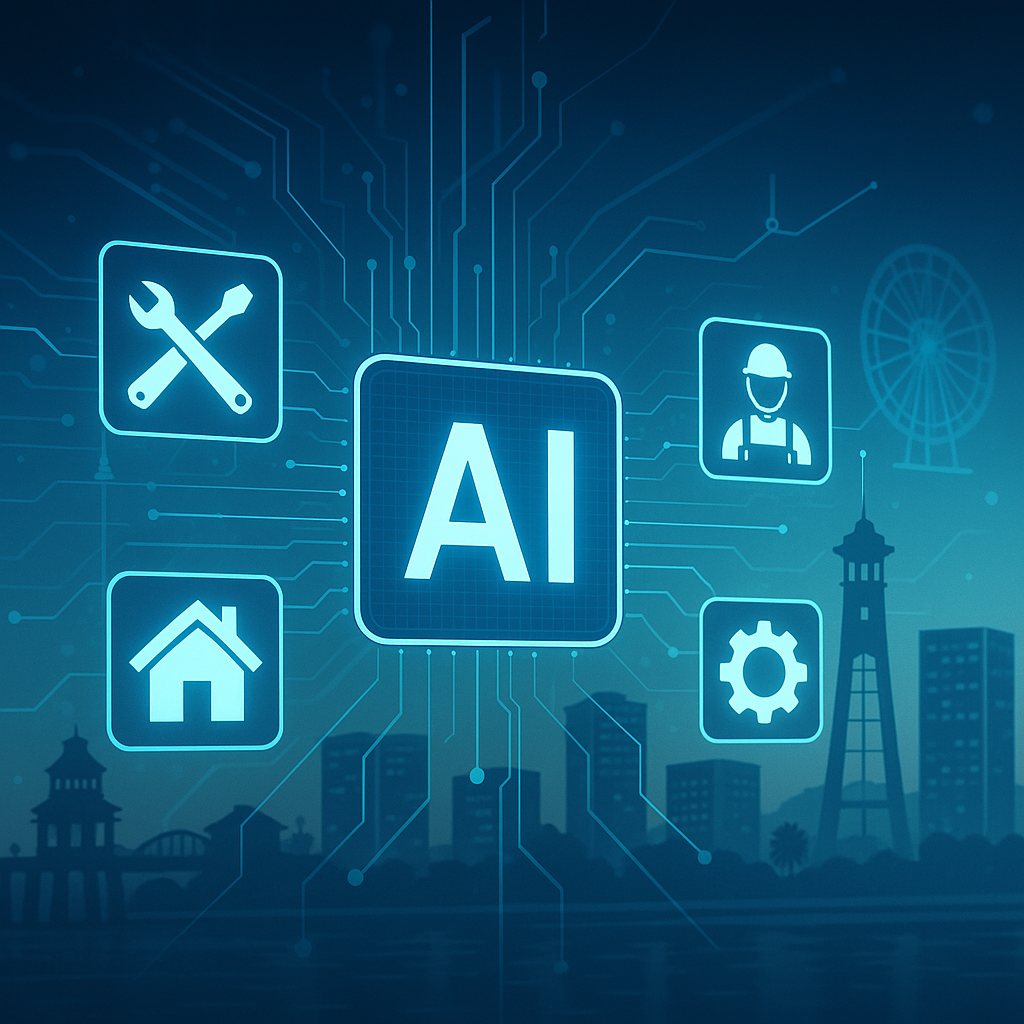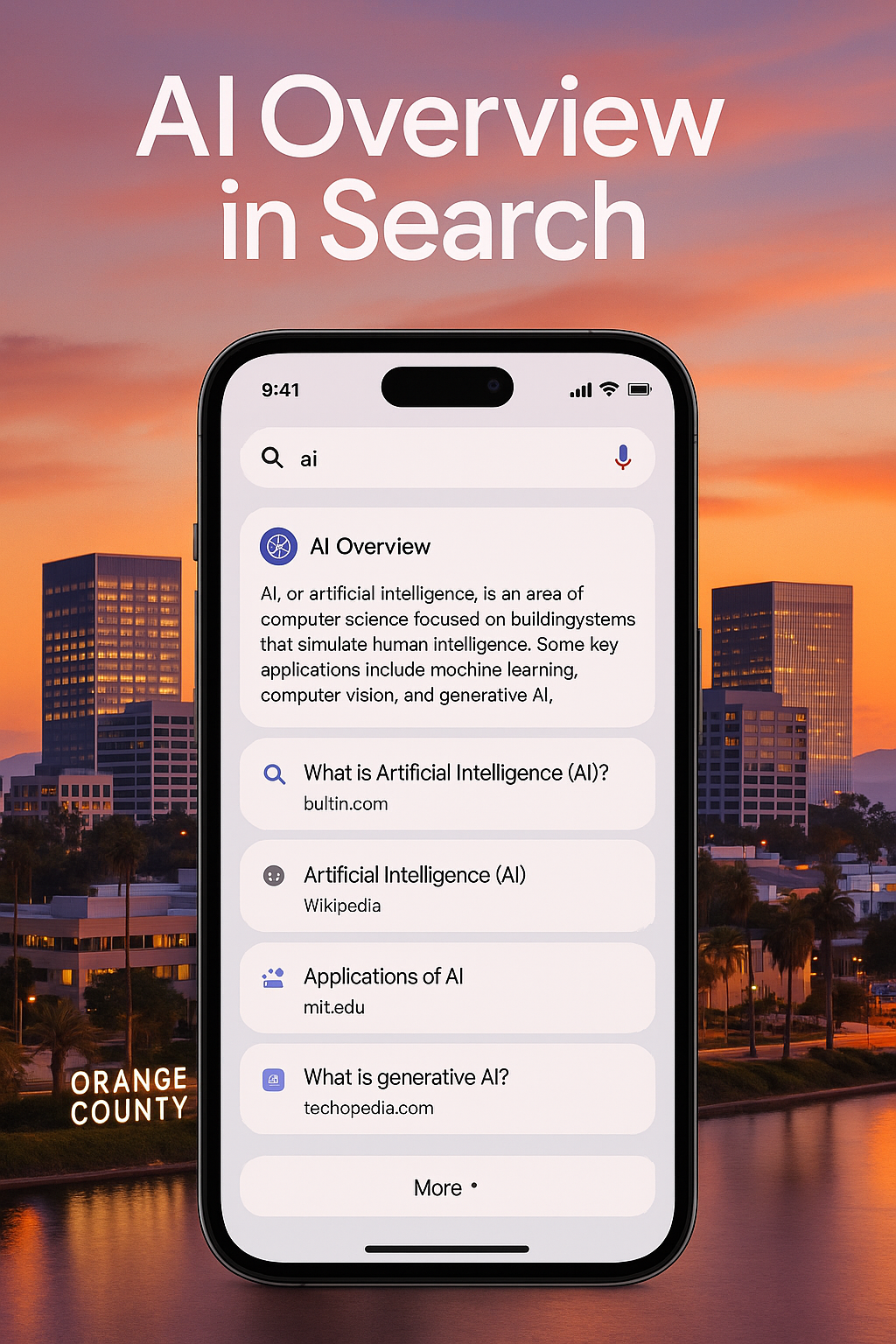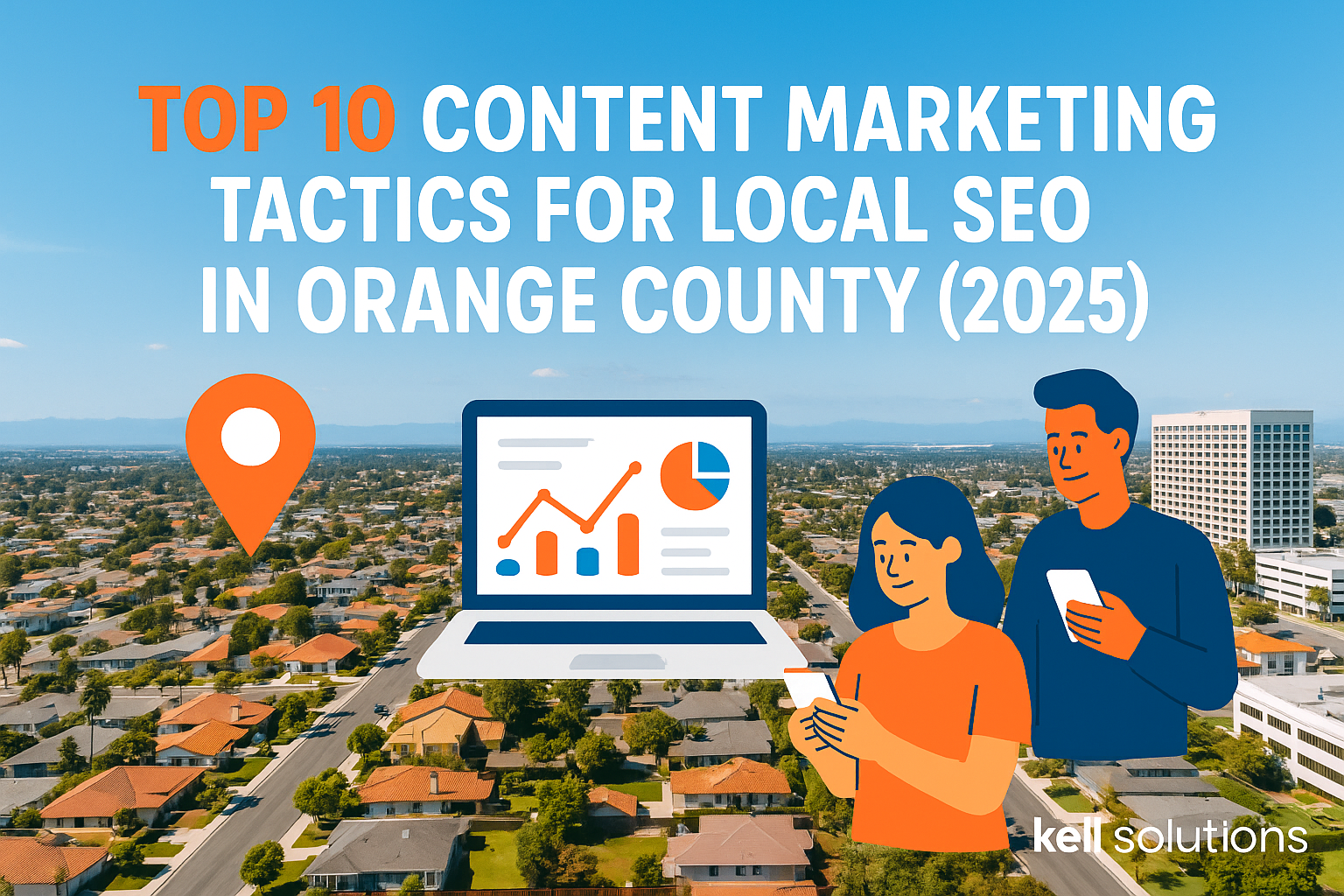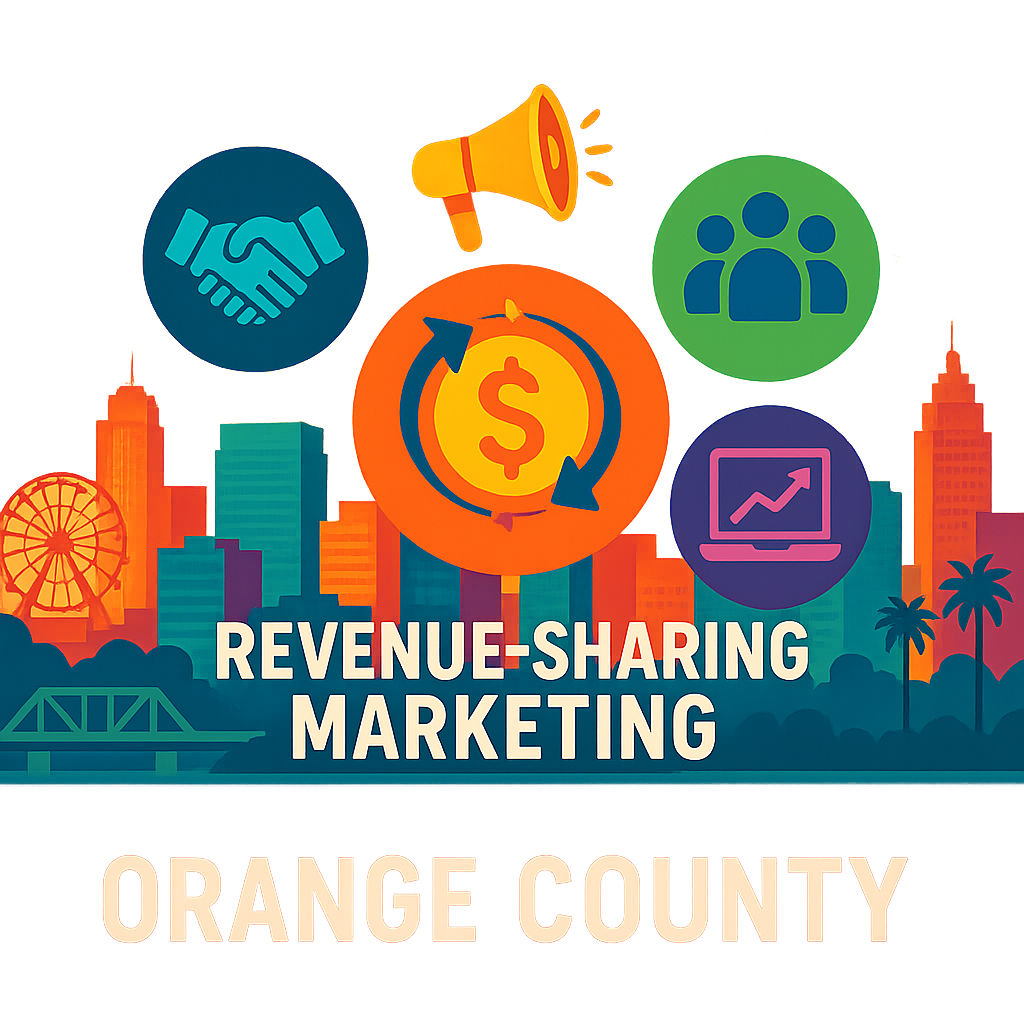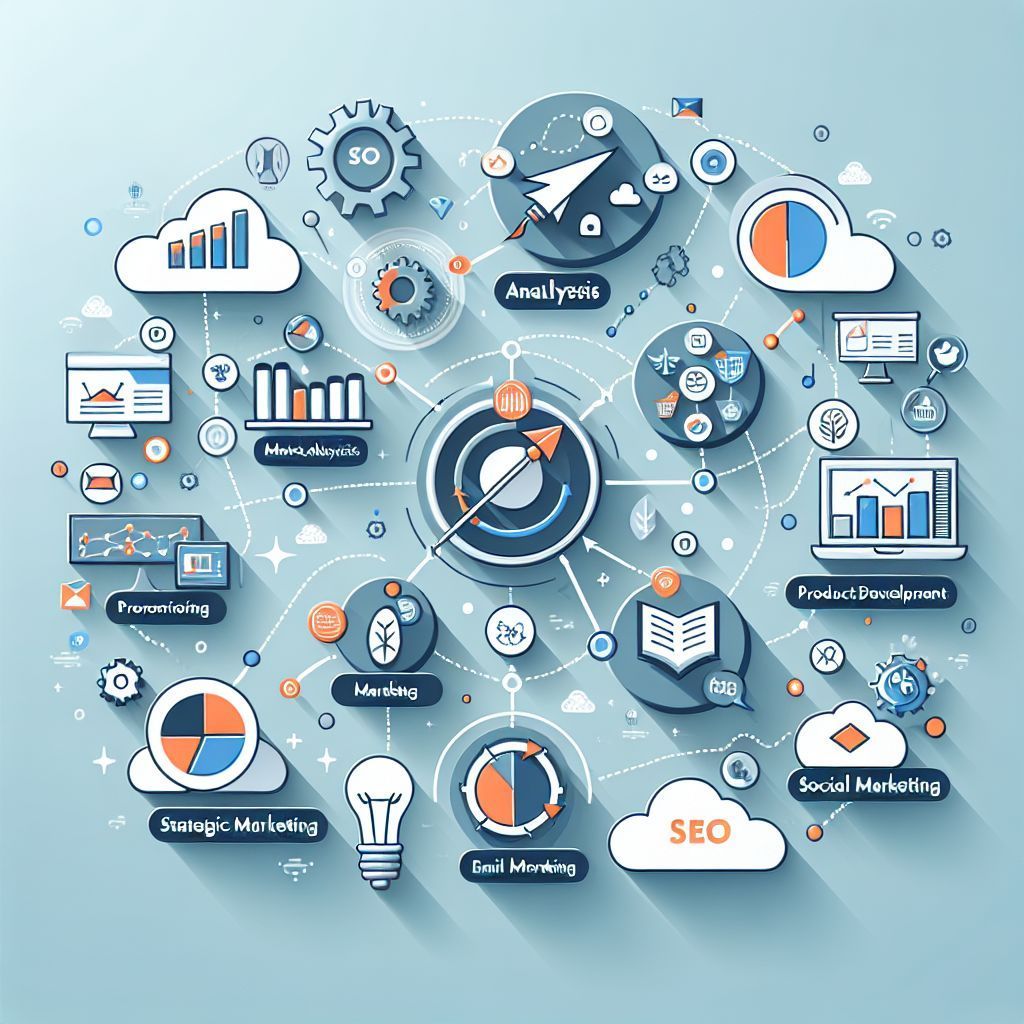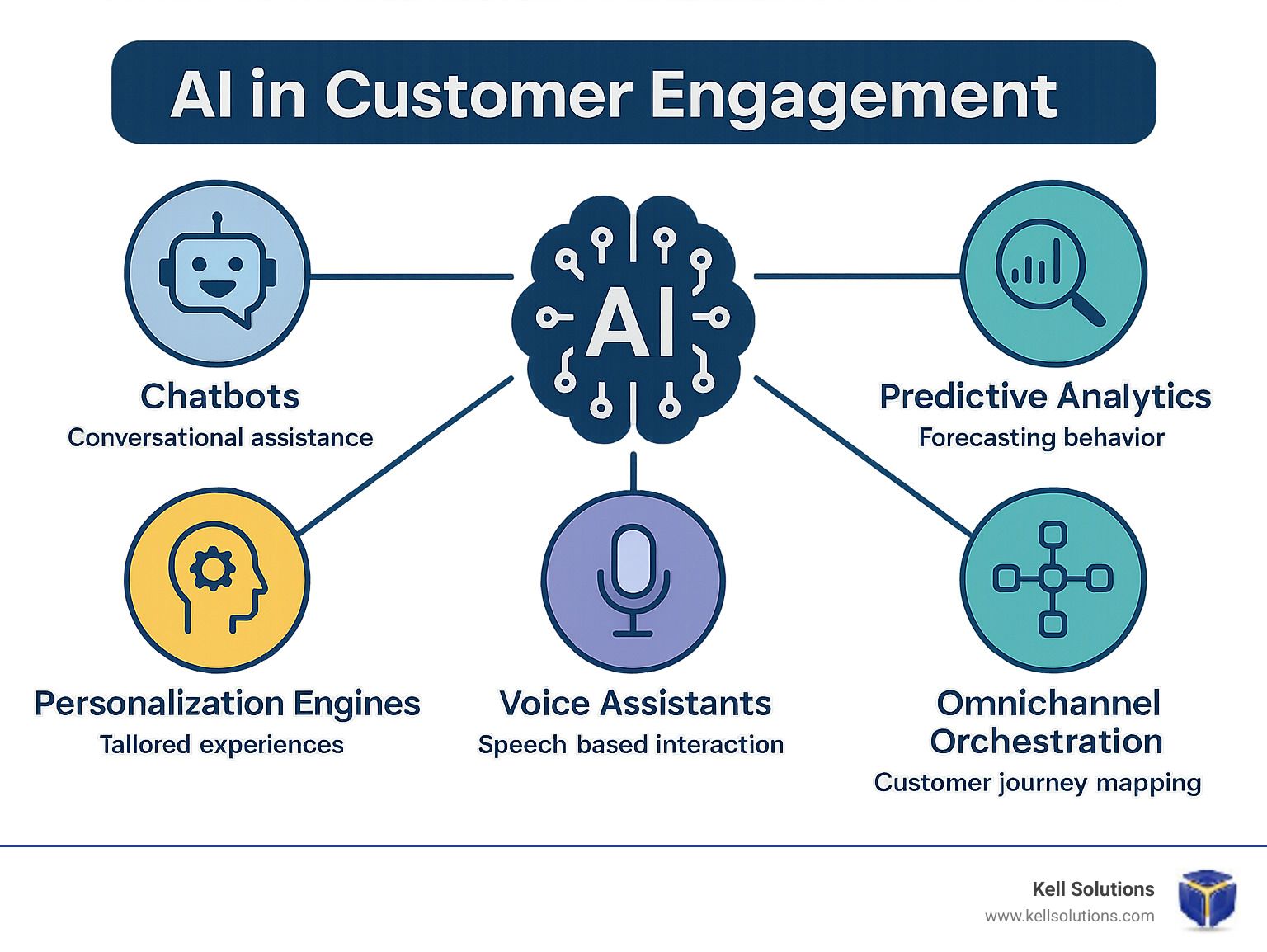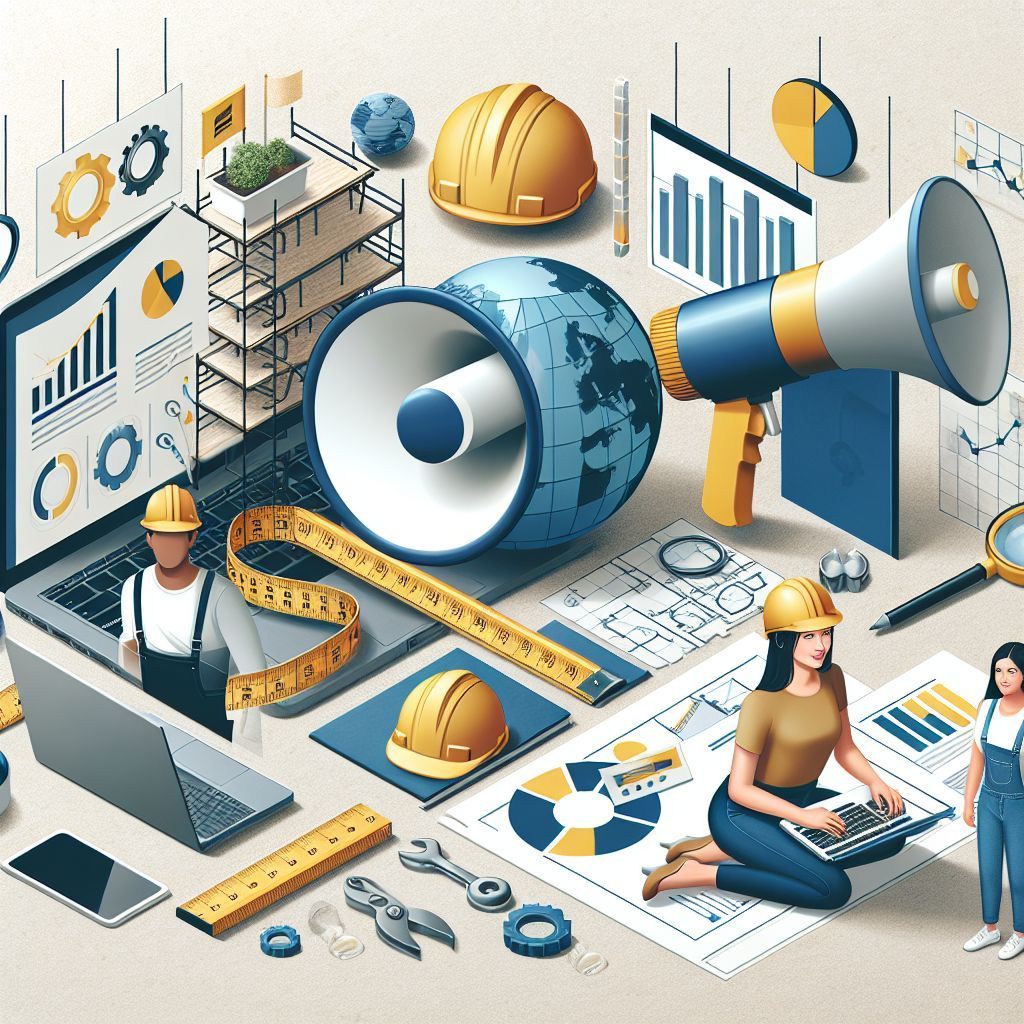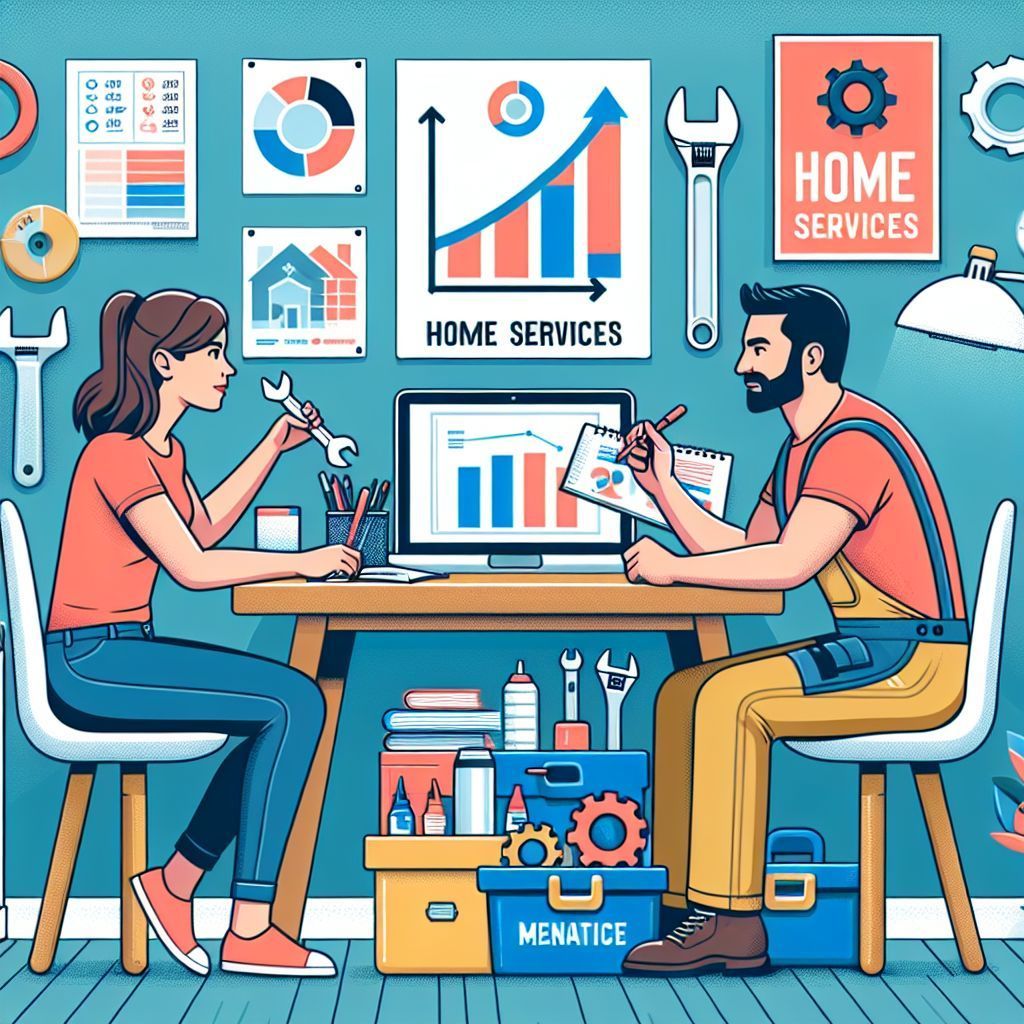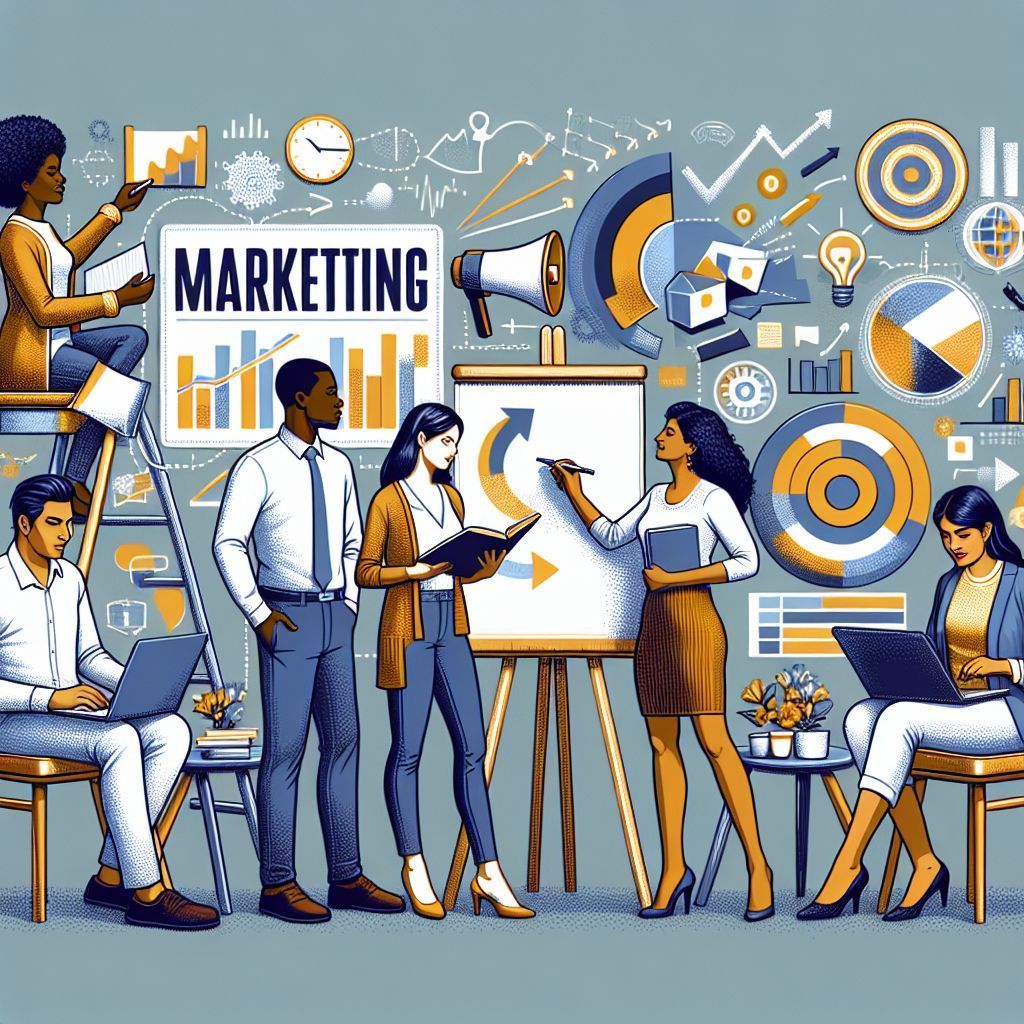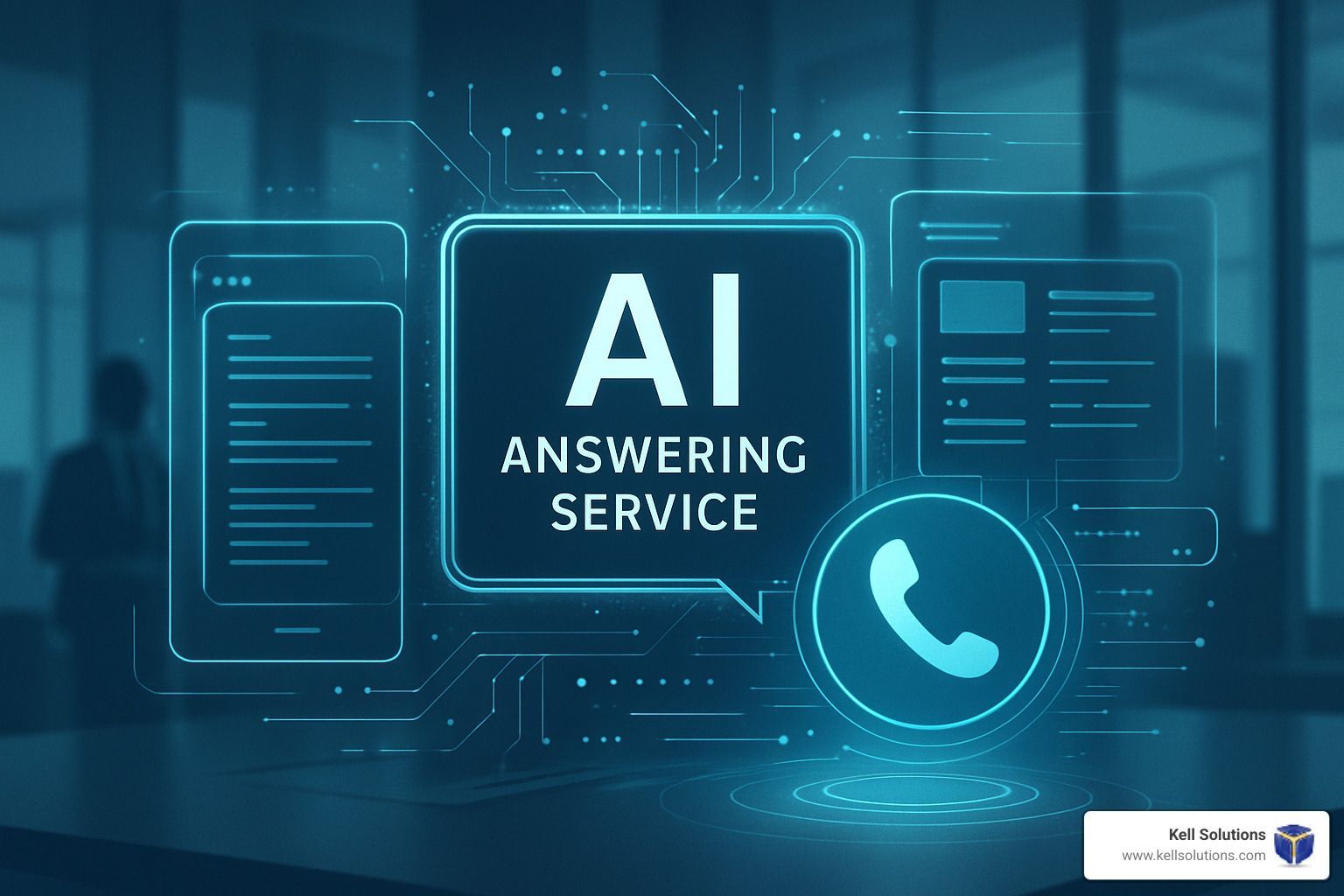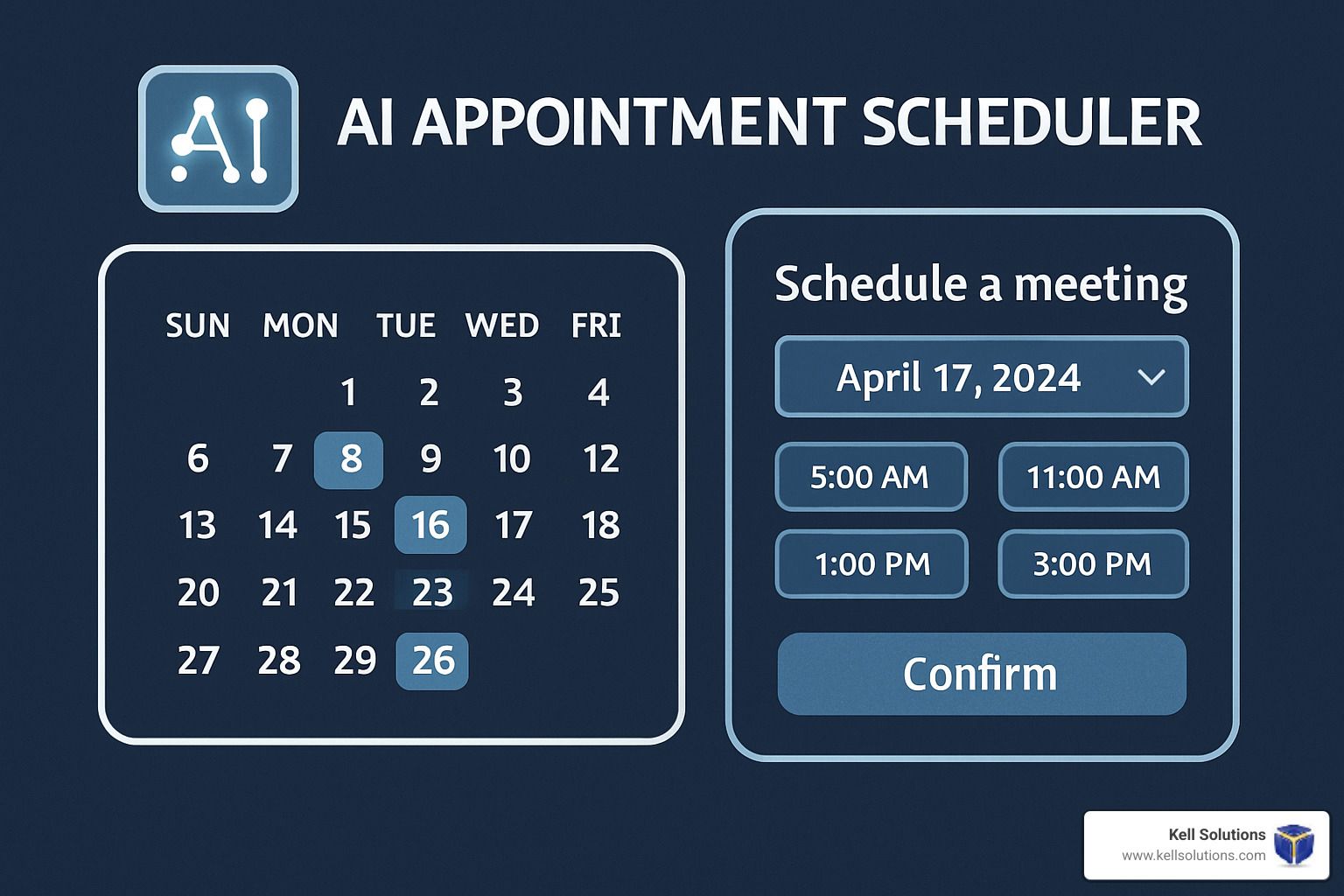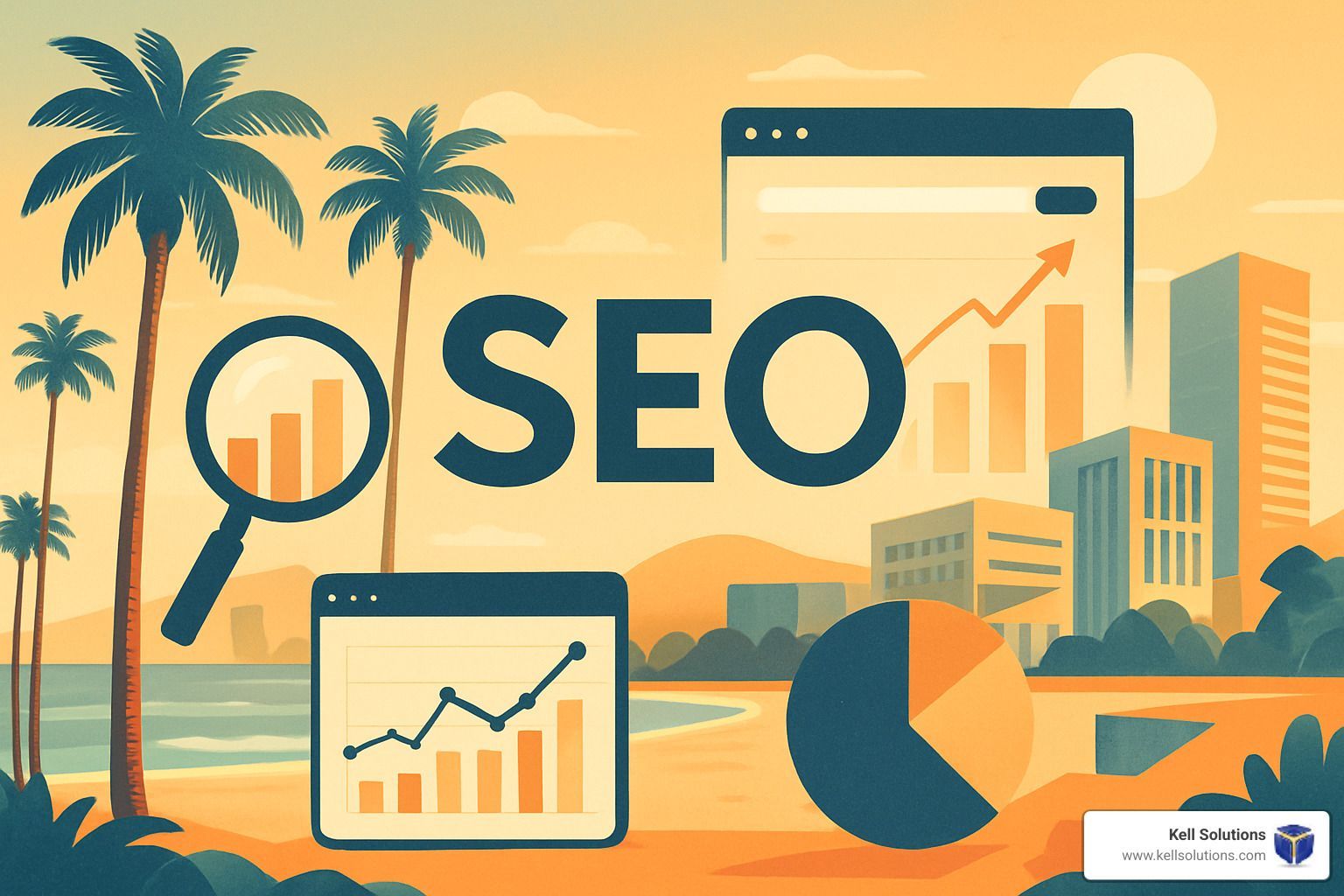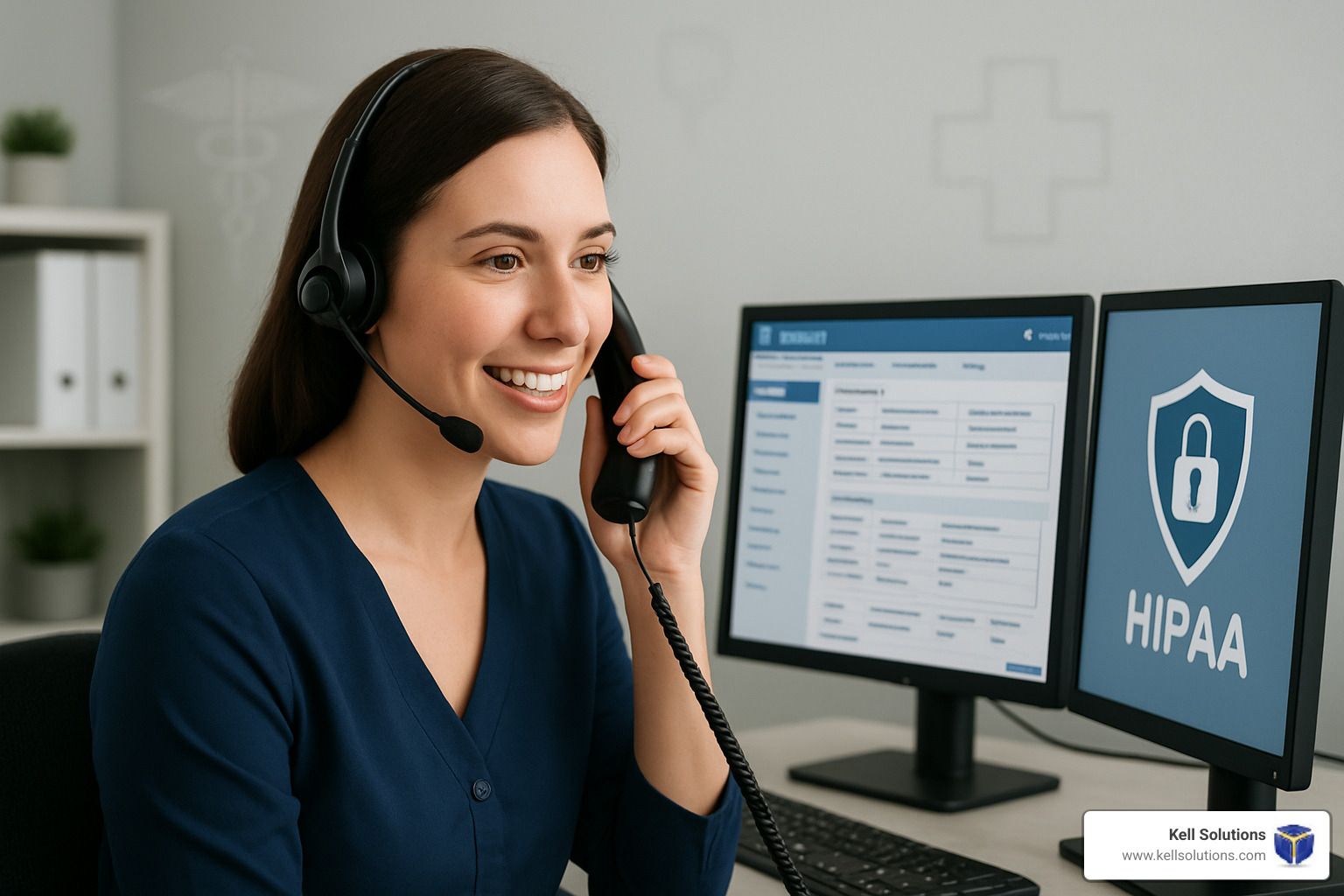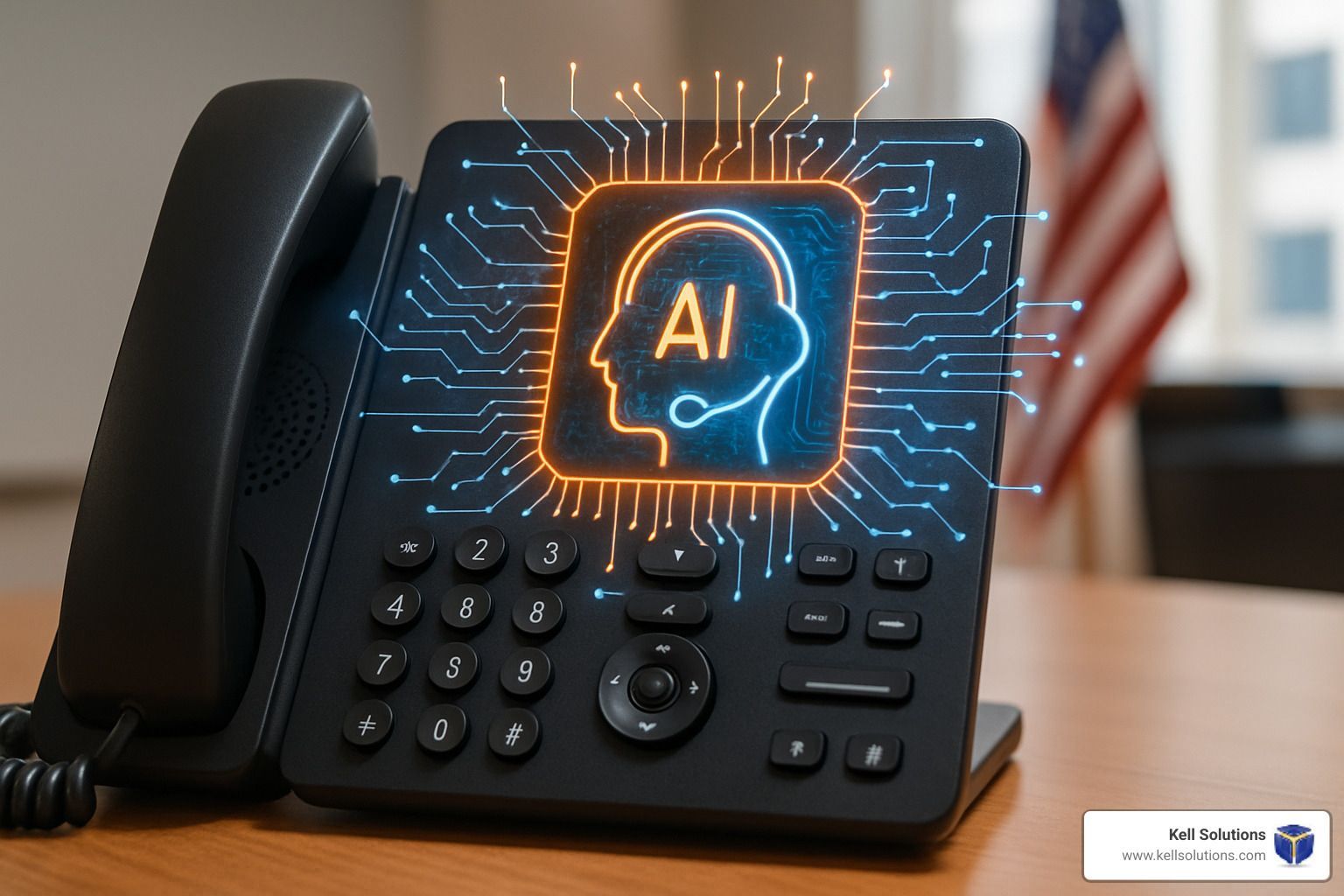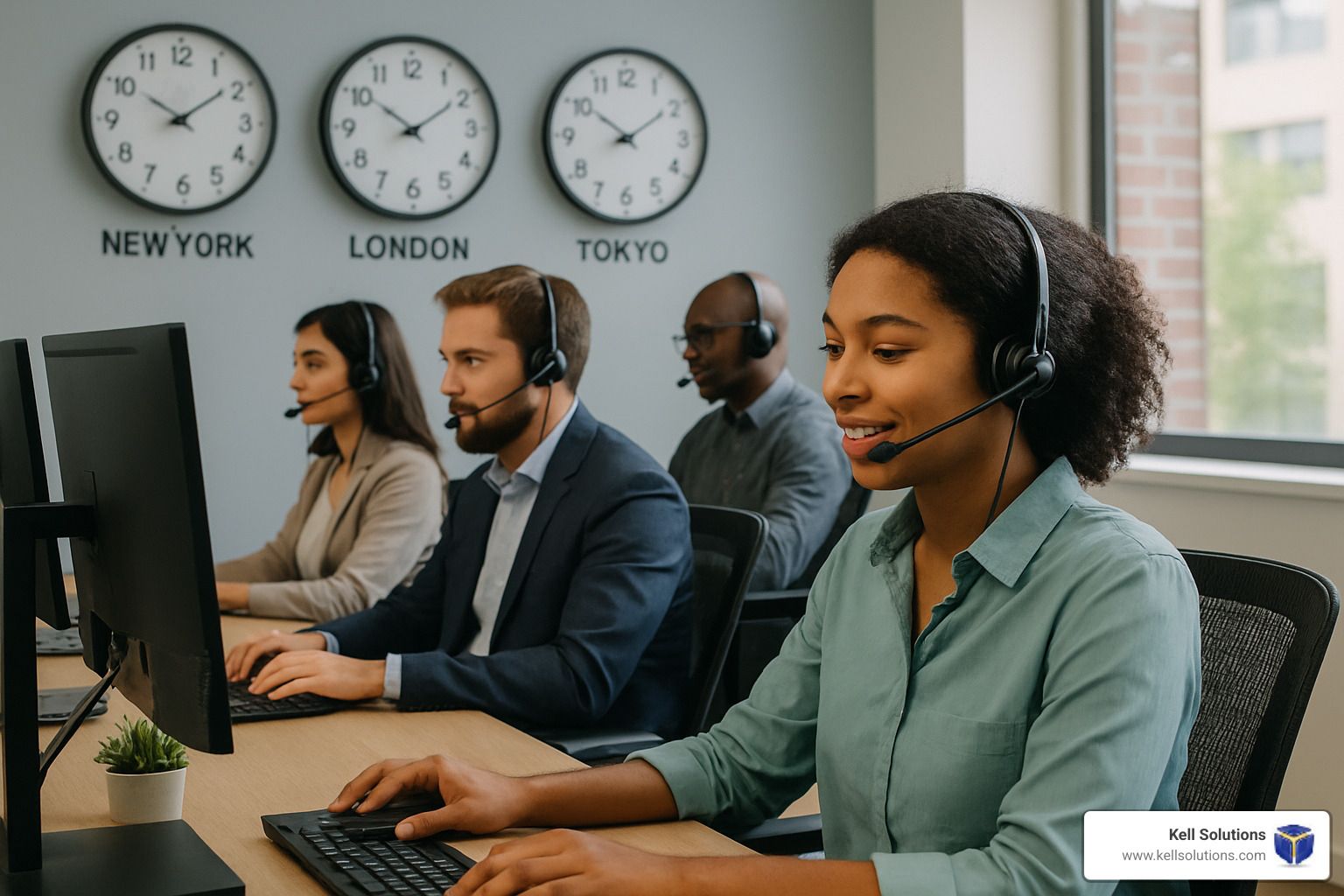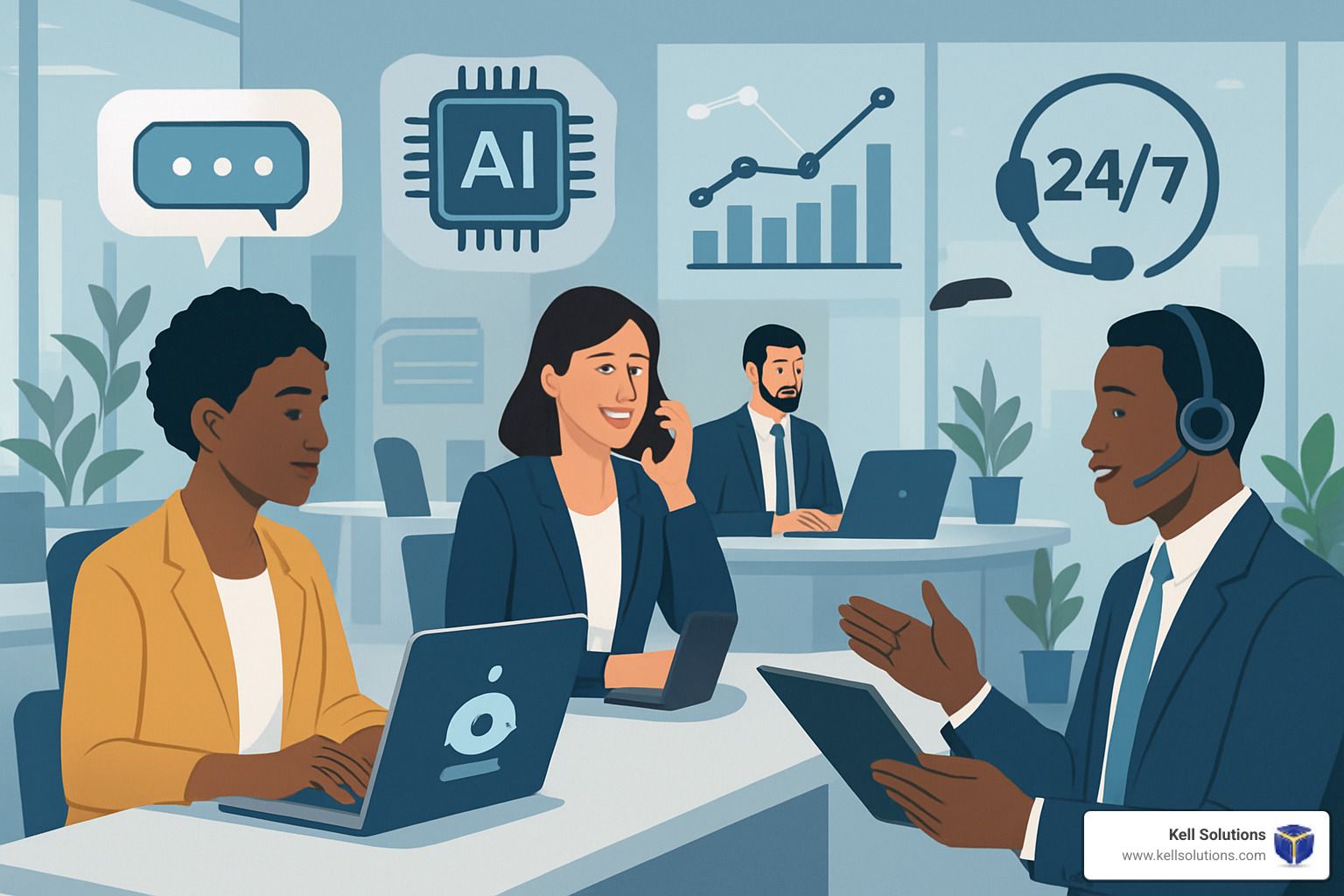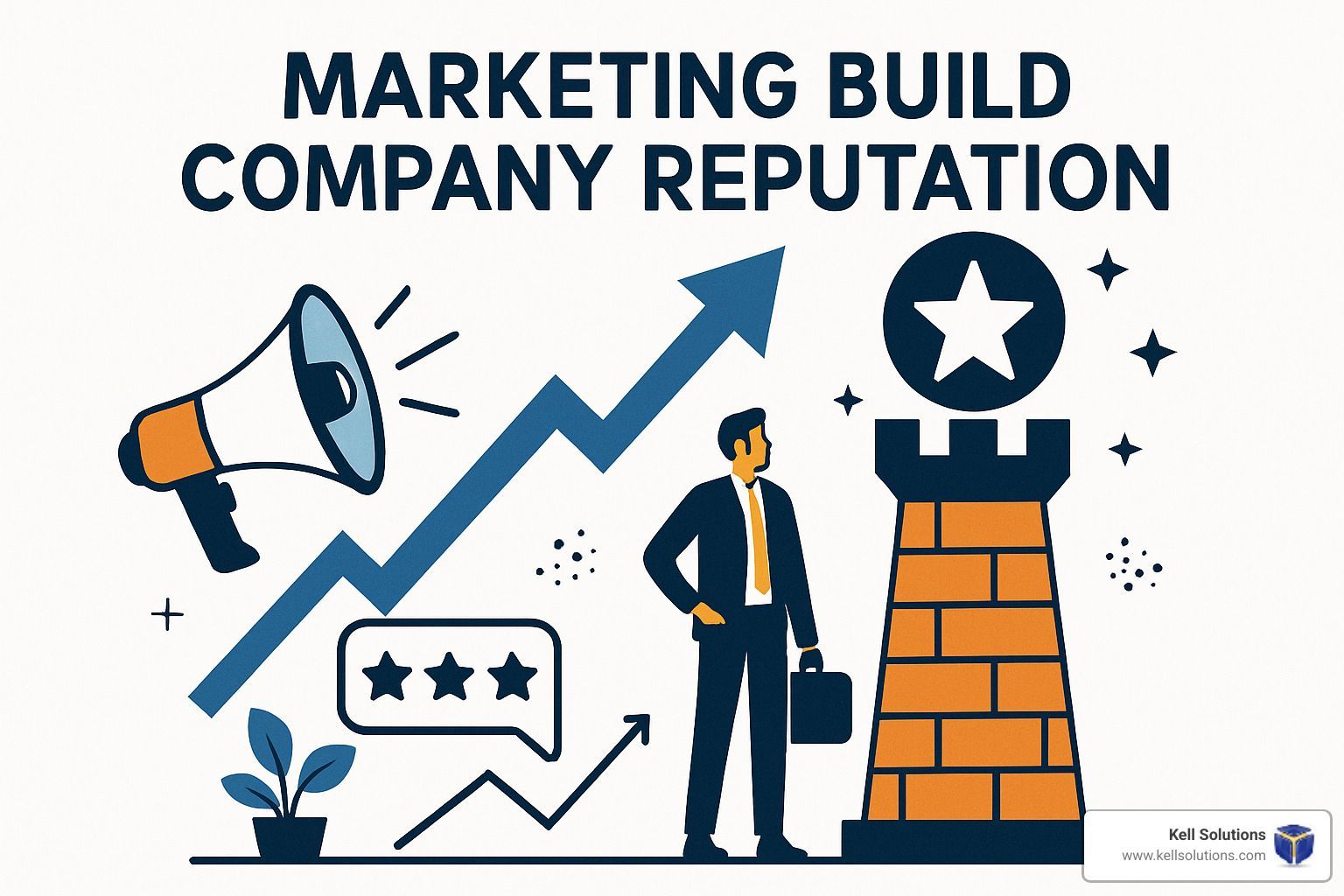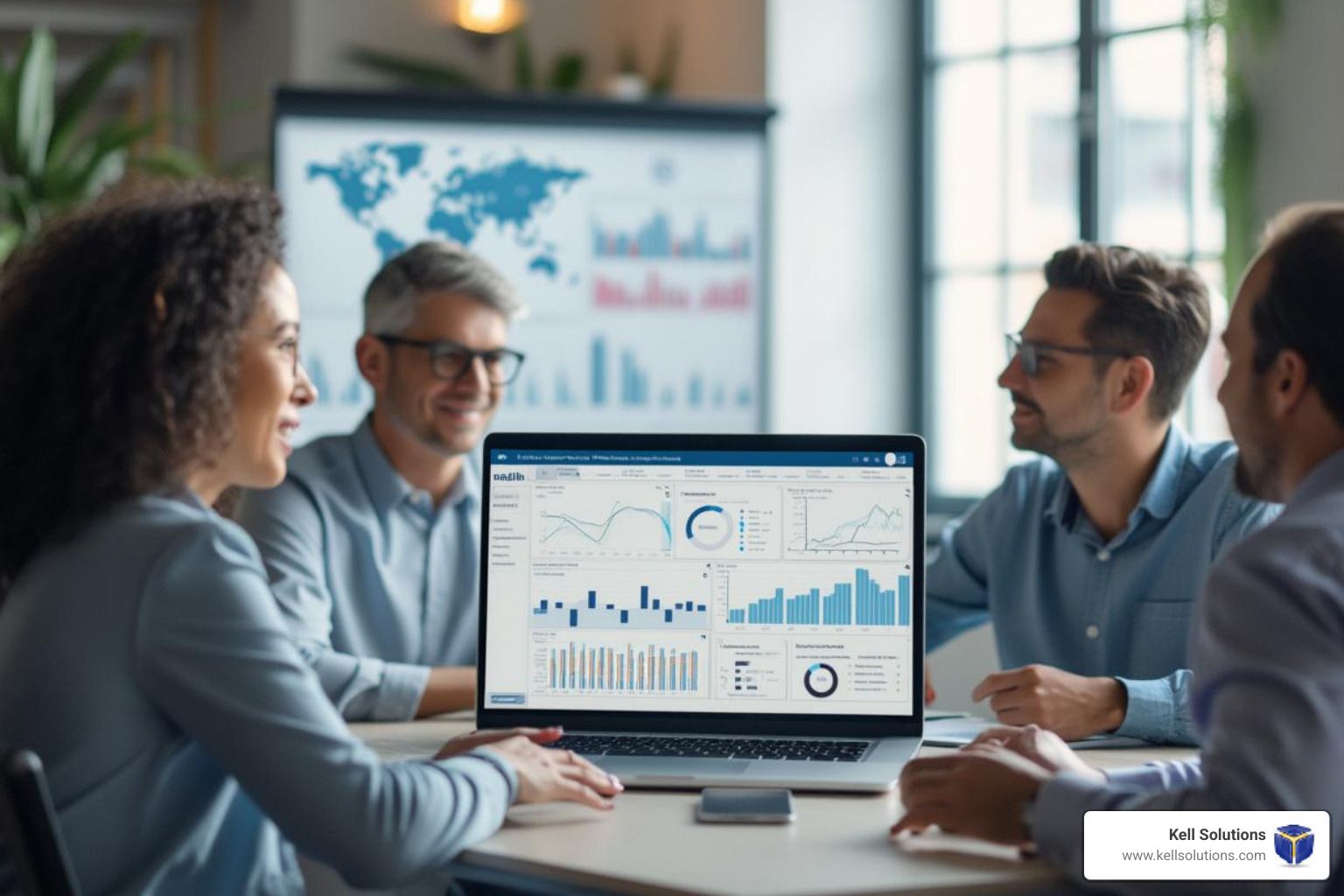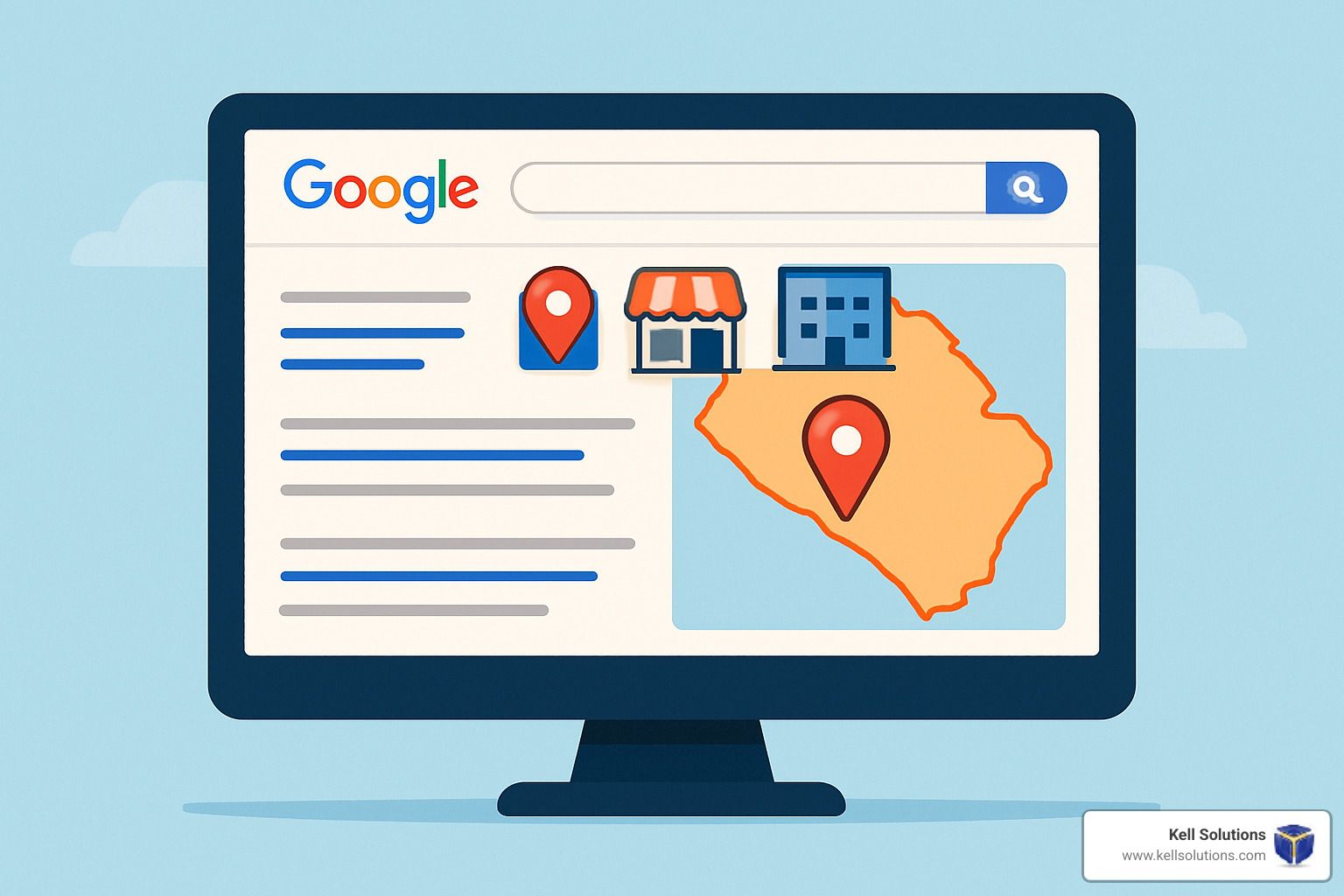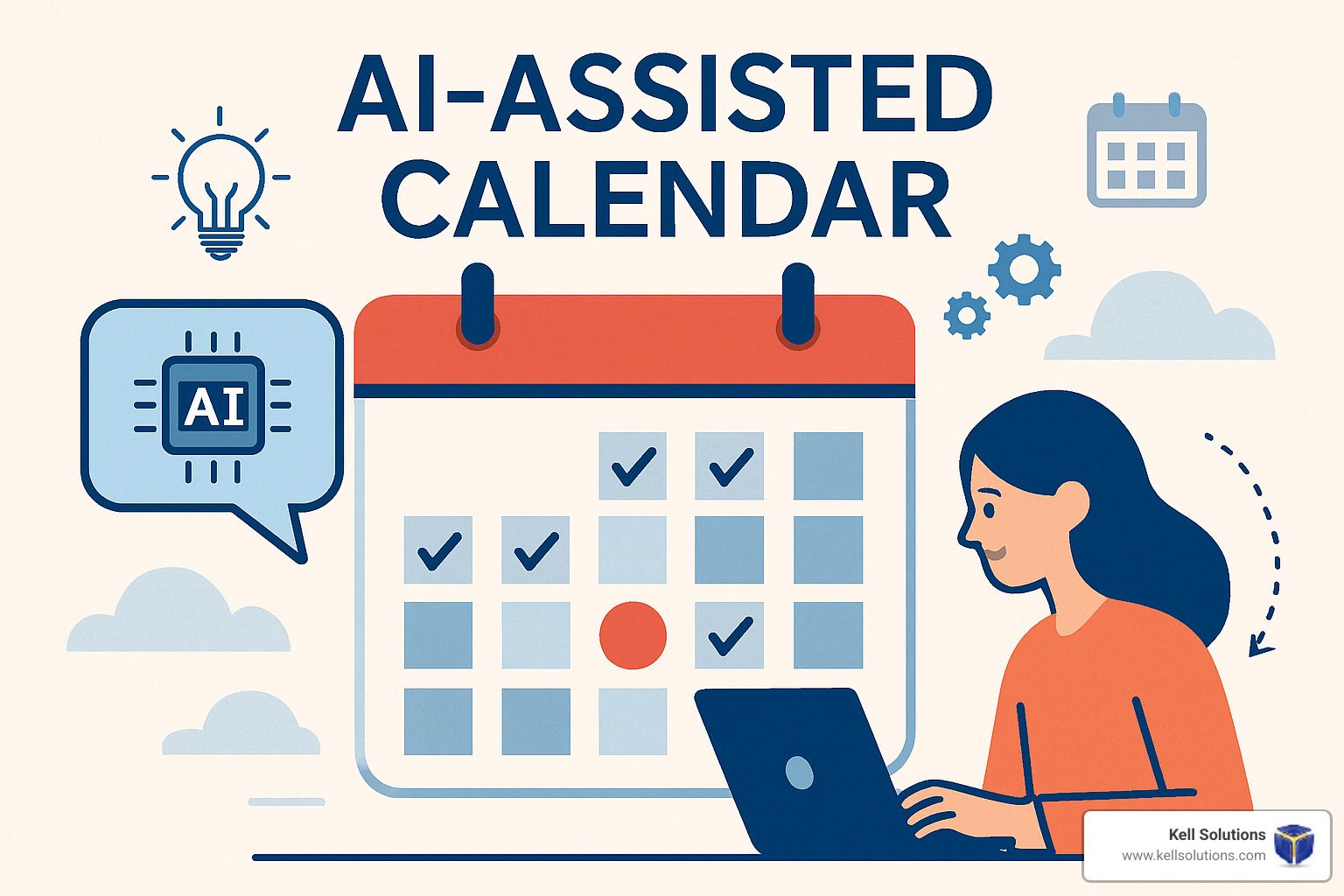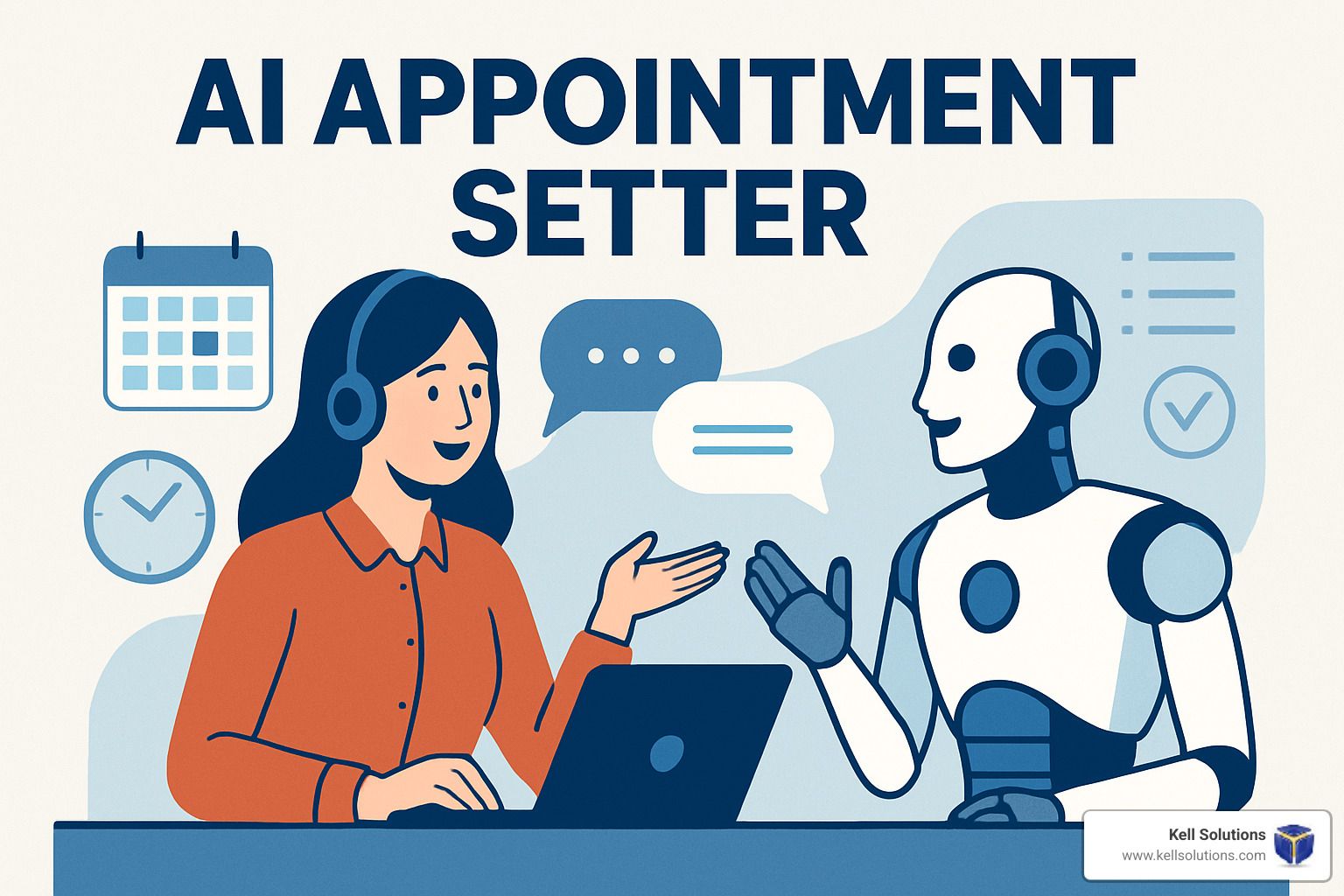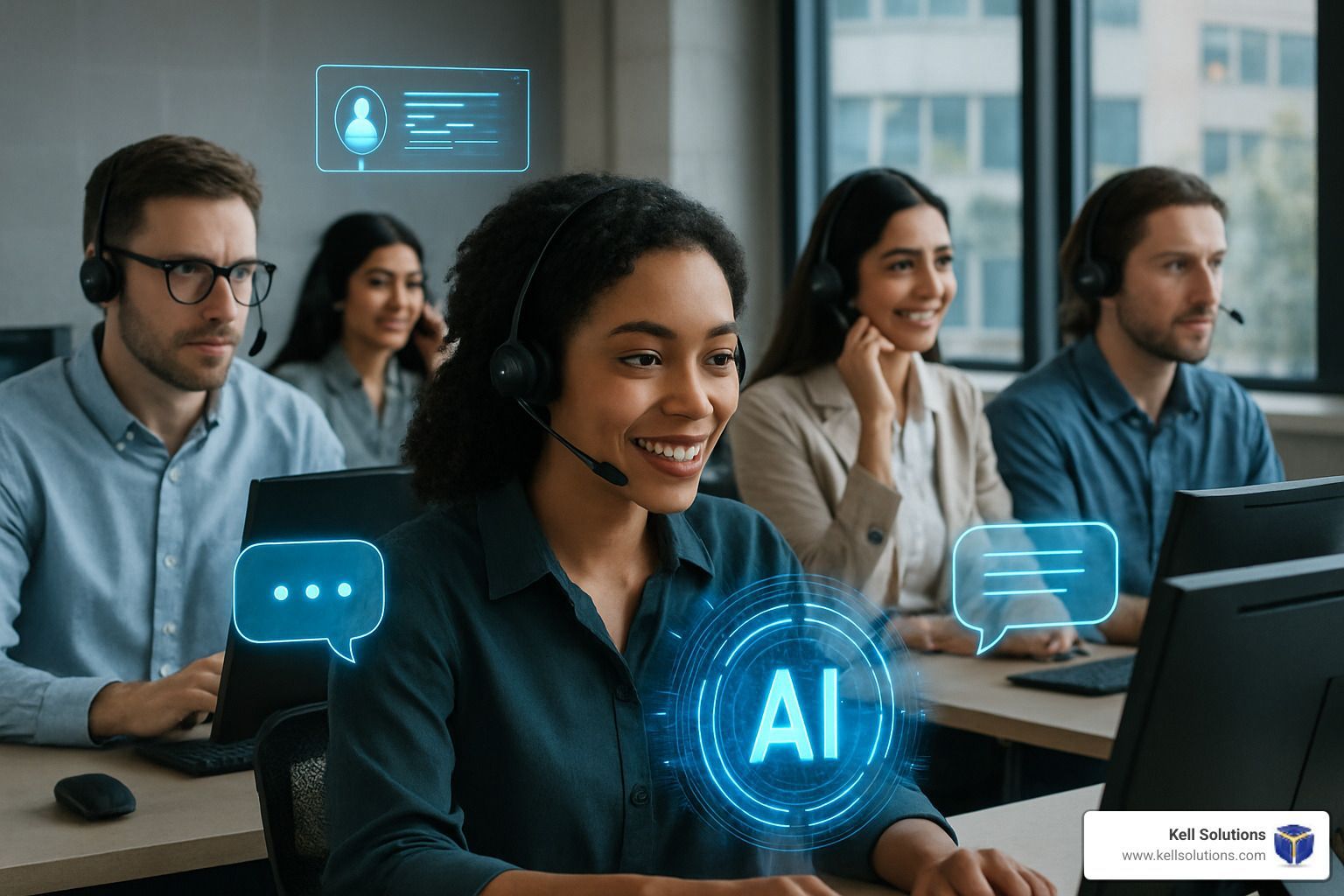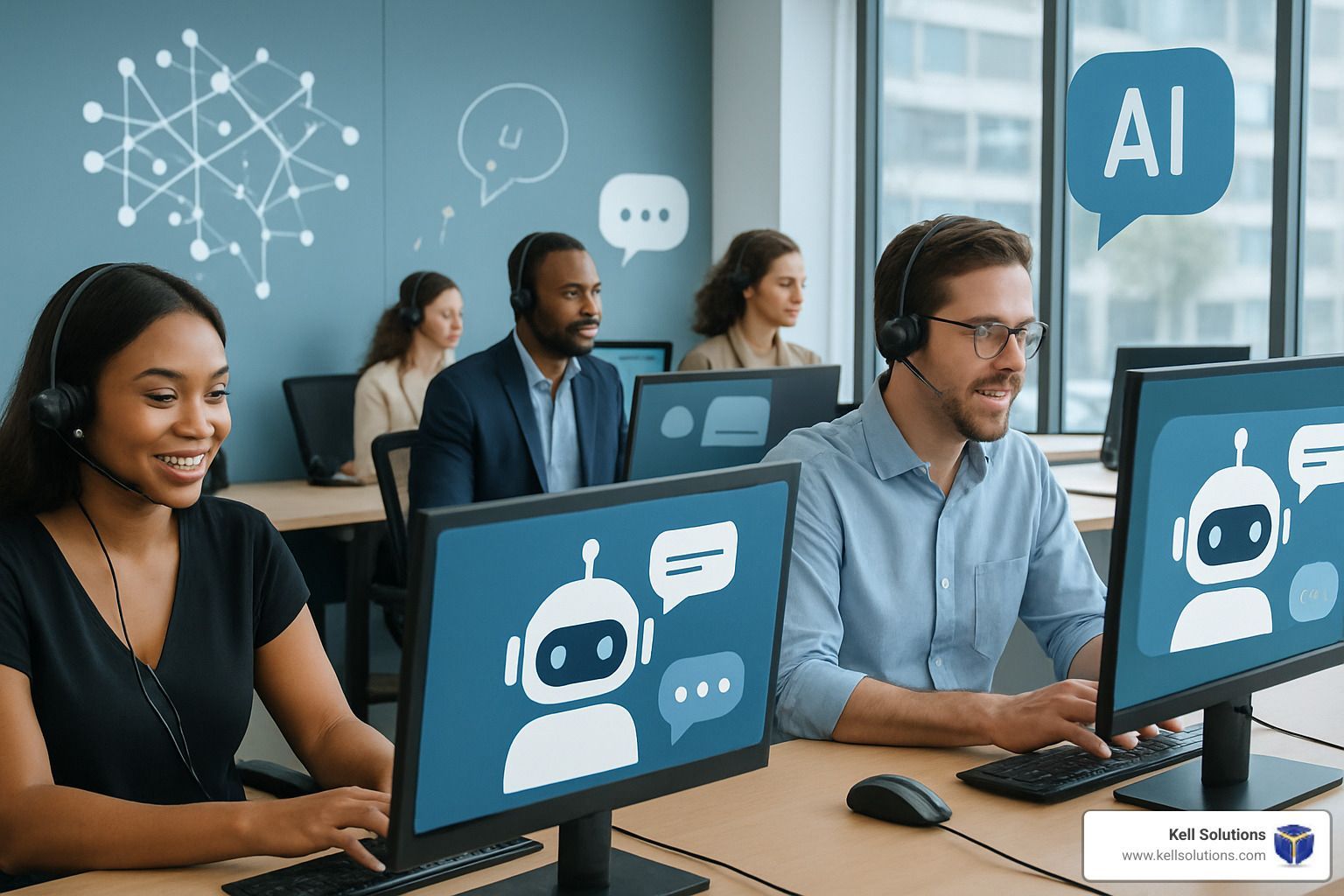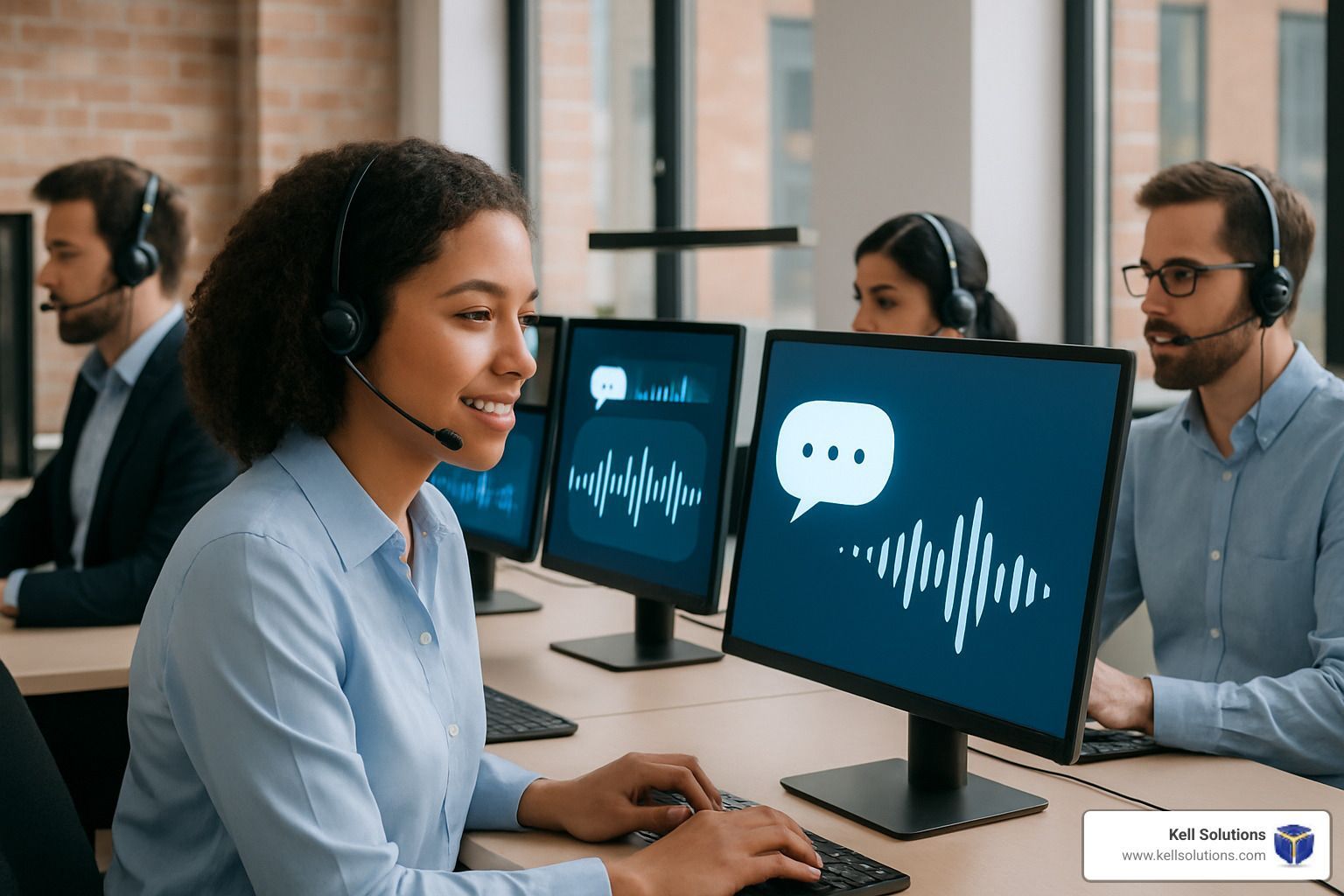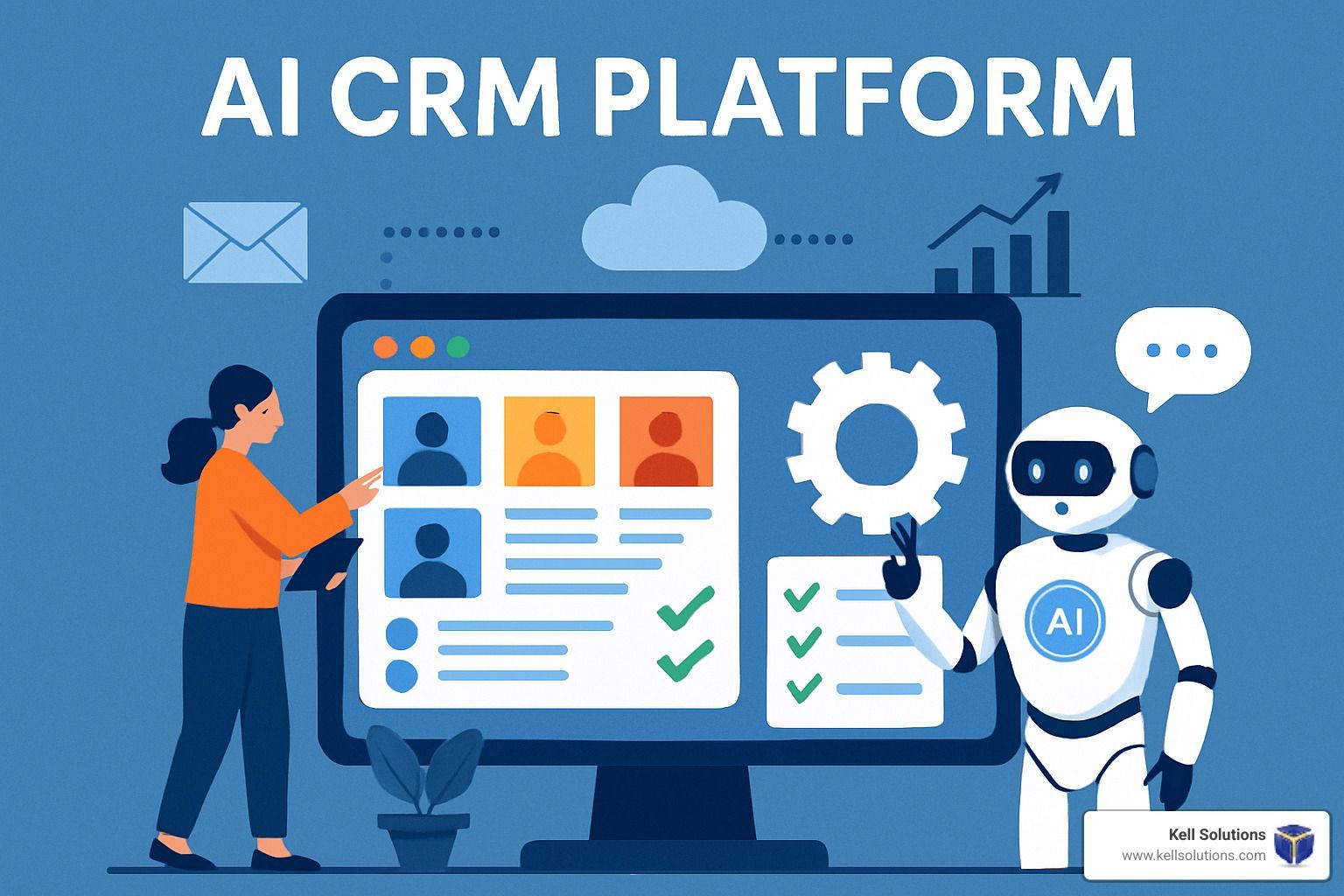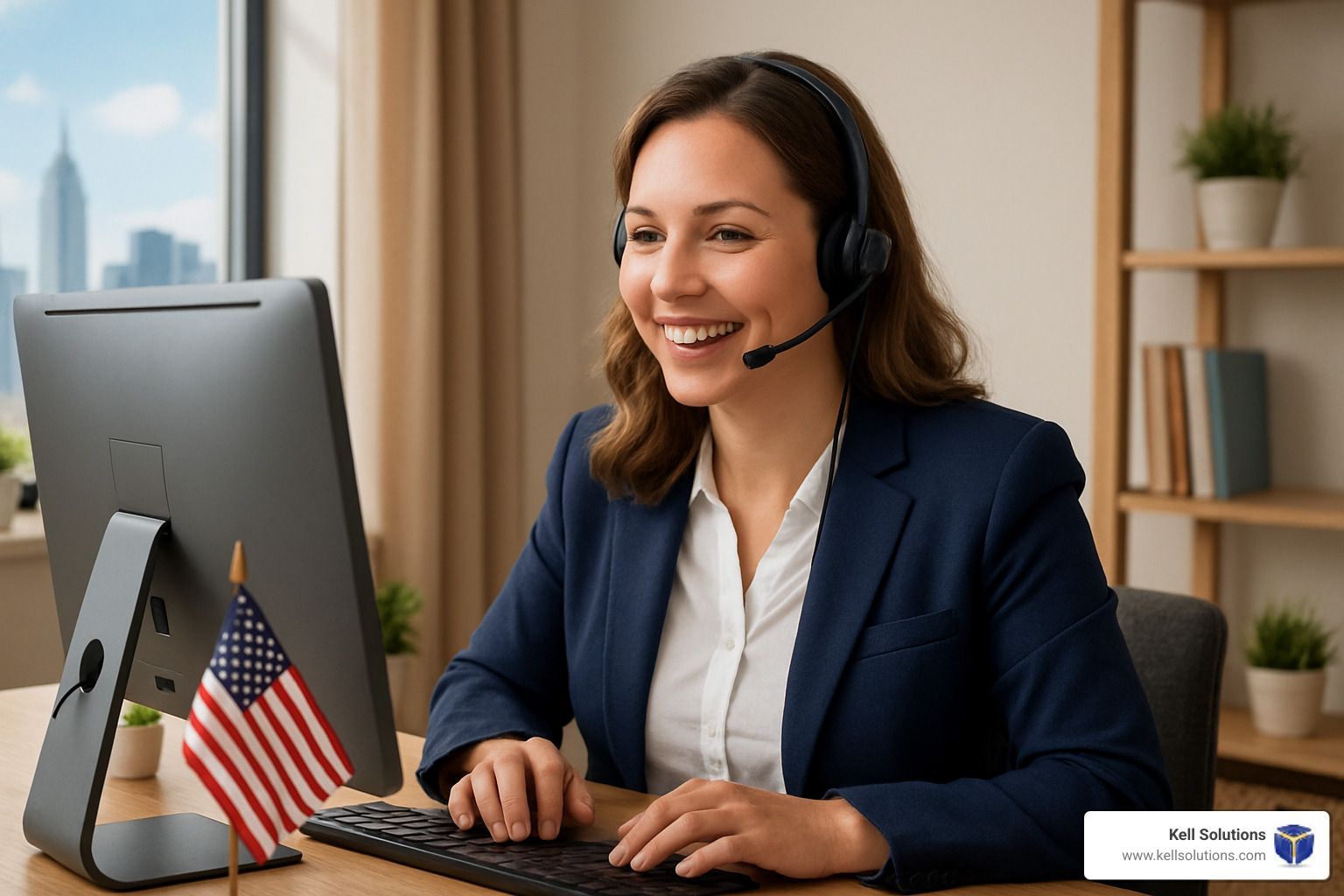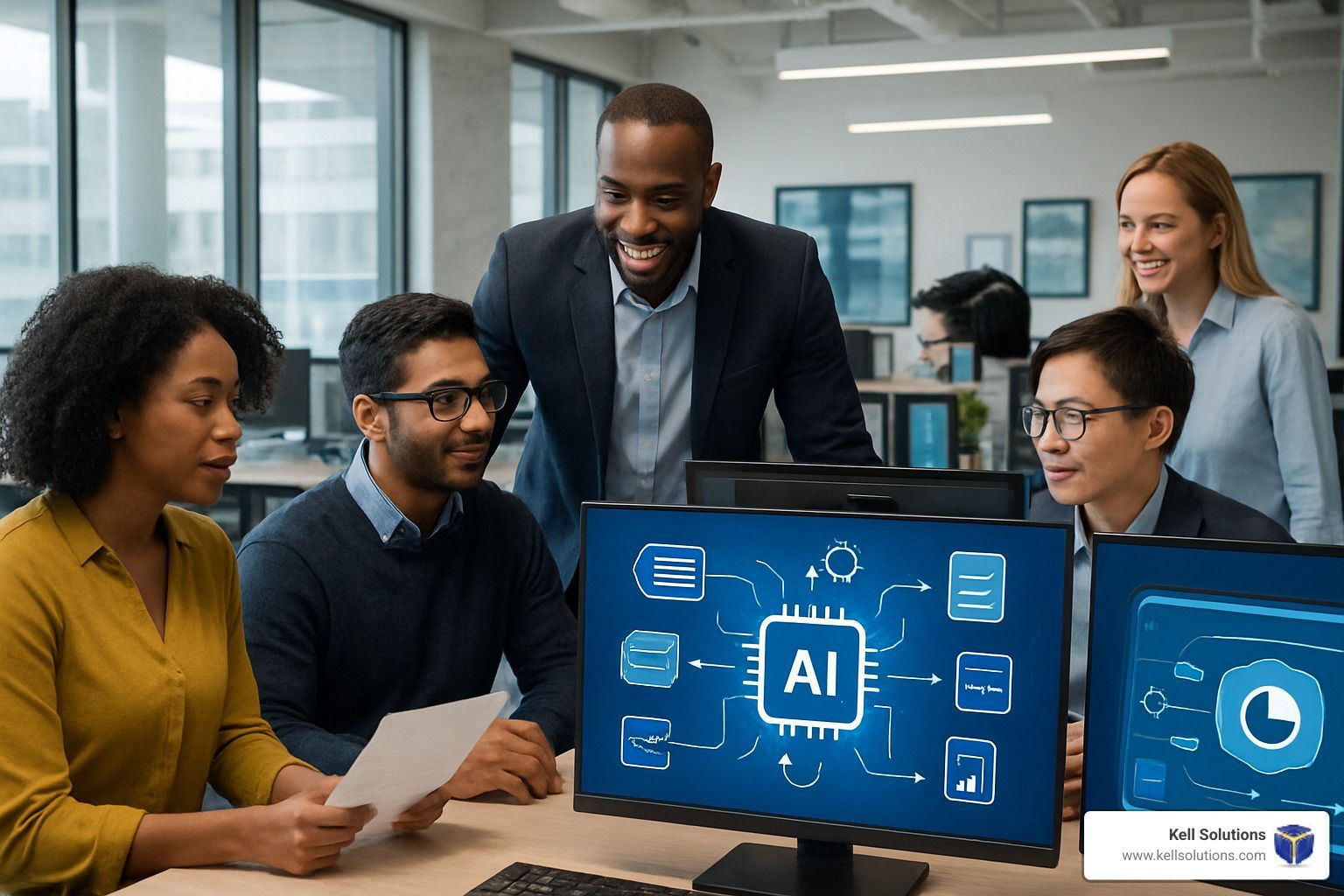How AI-Powered Customs Solutions are Making Trade Easier
Changing Global Trade with AI Automation
AI-powered customs solutions are software platforms that use artificial intelligence to automate and streamline customs processes such as document processing, HS code classification, duty calculation, and regulatory compliance. These solutions help businesses reduce manual work, minimize errors, and accelerate customs clearance.
What Are AI-Powered Customs Solutions and their Key Benefits?
• Intelligent document processing systems
• 50% reduction in time and costs
• Automated HS code classification tools
• 99% accuracy in declarations
• Customs declaration automation
• Submit declarations in as little as 3 minutes
• Compliance monitoring systems
• Process 150,000+ customs declarations daily
• Integrated tariff management
• 90%+ accuracy in product classification
International trade has always faced a fundamental challenge: the complex, document-heavy customs process that can delay shipments, increase costs, and create compliance headaches. Today, AI-powered customs solutions are revolutionizing this landscape by turning what was once a bottleneck into a competitive advantage.
These systems can process thousands of customs declarations daily at a fraction of the cost of manual processing. They extract critical data from commercial invoices regardless of format, classify products with remarkable accuracy, and submit compliant declarations in minutes rather than hours or days.
For businesses engaged in cross-border trade, this means:
- Faster clearance times - from days or weeks to just hours
- Reduced operational costs - up to 90% savings compared to manual processing
- Higher accuracy - minimizing costly errors and penalties
- Better compliance - staying current with ever-changing regulations
- Scalability - handling volume spikes without adding staff
I'm Gregg Kell, founder of Kell Web Solutions, and I've helped numerous businesses implement AI-powered customs solutions that transform their international trade operations from a burden into a strategic asset. My expertise lies in identifying the right technical solutions to eliminate bottlenecks and drive efficiency.
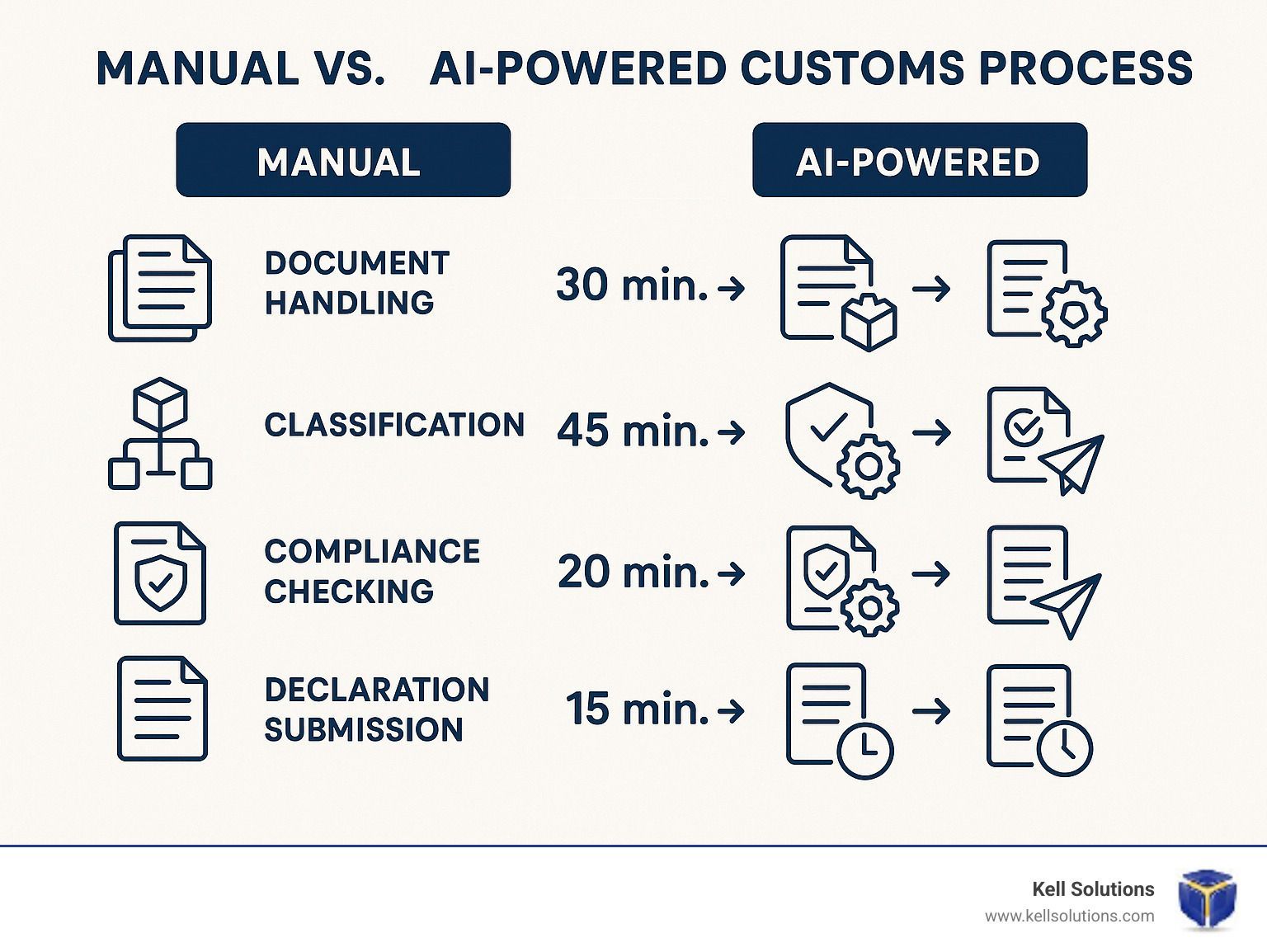
Why This Guide Matters
If you're involved in international trade, you're likely familiar with the pain points:
- Shipments delayed at borders due to documentation issues
- Staff spending hours manually classifying products and calculating duties
- Compliance violations resulting in penalties and increased scrutiny
- Unpredictable clearance times disrupting supply chain planning
- Scaling challenges during peak seasons or business growth
According to industry research, customs delays can add 2-7 days to shipping times and increase supply chain costs by up to 15%. For businesses operating with just-in-time inventory or perishable goods, these delays can be devastating.
This guide will walk you through how AI-powered customs solutions are addressing these challenges, what features to look for, and how to implement them in your business for maximum benefit.
What Are AI-Powered Customs Solutions?
AI-powered customs solutions are comprehensive digital platforms that transform the traditionally manual customs clearance process into a streamlined, intelligent workflow. Unlike older software systems that still required significant human input, these modern solutions harness the power of artificial intelligence to work almost autonomously. Think of them as your customs department's digital brain – constantly learning and improving with each transaction.
These smart systems can read commercial documents, understand product details, apply the right tariff codes, and submit declarations – all with minimal human intervention. What used to take hours or days now happens in minutes.
Core Technologies Behind AI-Powered Customs Solutions
The magic behind these powerful customs solutions comes from several cutting-edge technologies working together seamlessly:
Optical Character Recognition (OCR) transforms documents into usable data, regardless of format or quality. Modern AI-powered OCR is remarkably accurate – capturing information from invoices and shipping documents with 95-99% accuracy, even when dealing with poor-quality scans or unusual layouts.
Natural Language Processing (NLP) gives these systems the ability to understand context in product descriptions. It's like having a customs expert who can read between the lines to determine exactly what a product is, even when descriptions vary or use industry-specific terminology.
Machine Learning means these systems get smarter over time. As one client shared with me, "After just three months, the system was catching errors our most experienced staff missed." Some leading platforms have been trained on over 100 million documents, giving them an extraordinary knowledge base.
Predictive Analytics helps anticipate potential issues before they become problems. By analyzing historical clearance data, these systems can forecast delays, suggest filing strategies, and even recommend optimal shipping routes.
Neural Networks power the sophisticated classification engines that can accurately assign 10-digit HS codes – a task that typically requires significant expertise and reference materials when done manually.
How Authorities Interact With AI-Powered Customs Solutions
Customs authorities worldwide are embracing digital change, creating a perfect environment for AI-powered customs solutions to thrive:
Many countries have implemented Single-Window Systems – digital platforms where all trade documentation can be submitted through one entry point. Modern AI solutions connect directly to these systems, creating a seamless flow of information between businesses and authorities.
Electronic Filing has become the standard in most major trading nations. AI systems format and package declaration data precisely as each country's systems require, ensuring first-time acceptance rates far higher than manual submissions.
Risk Scoring is increasingly automated on both sides. As customs authorities use AI to assess shipment risk levels, businesses using AI-powered customs solutions can pre-screen their declarations against these same parameters, identifying and addressing potential red flags before submission.
As one customs manager told me, "It's like having a direct line to customs. Our AI system speaks their language, understands their requirements, and formats everything exactly how they need it. Our clearance times have dropped dramatically."
The result is a more transparent, efficient customs process that benefits everyone in the supply chain – from importers and exporters to customs officials and end customers.
Key Benefits of Adopting AI in Customs Management
The real-world advantages of ai-powered customs solutions aren't just theoretical—they deliver tangible, measurable improvements that transform international trade operations from a headache into a competitive edge.
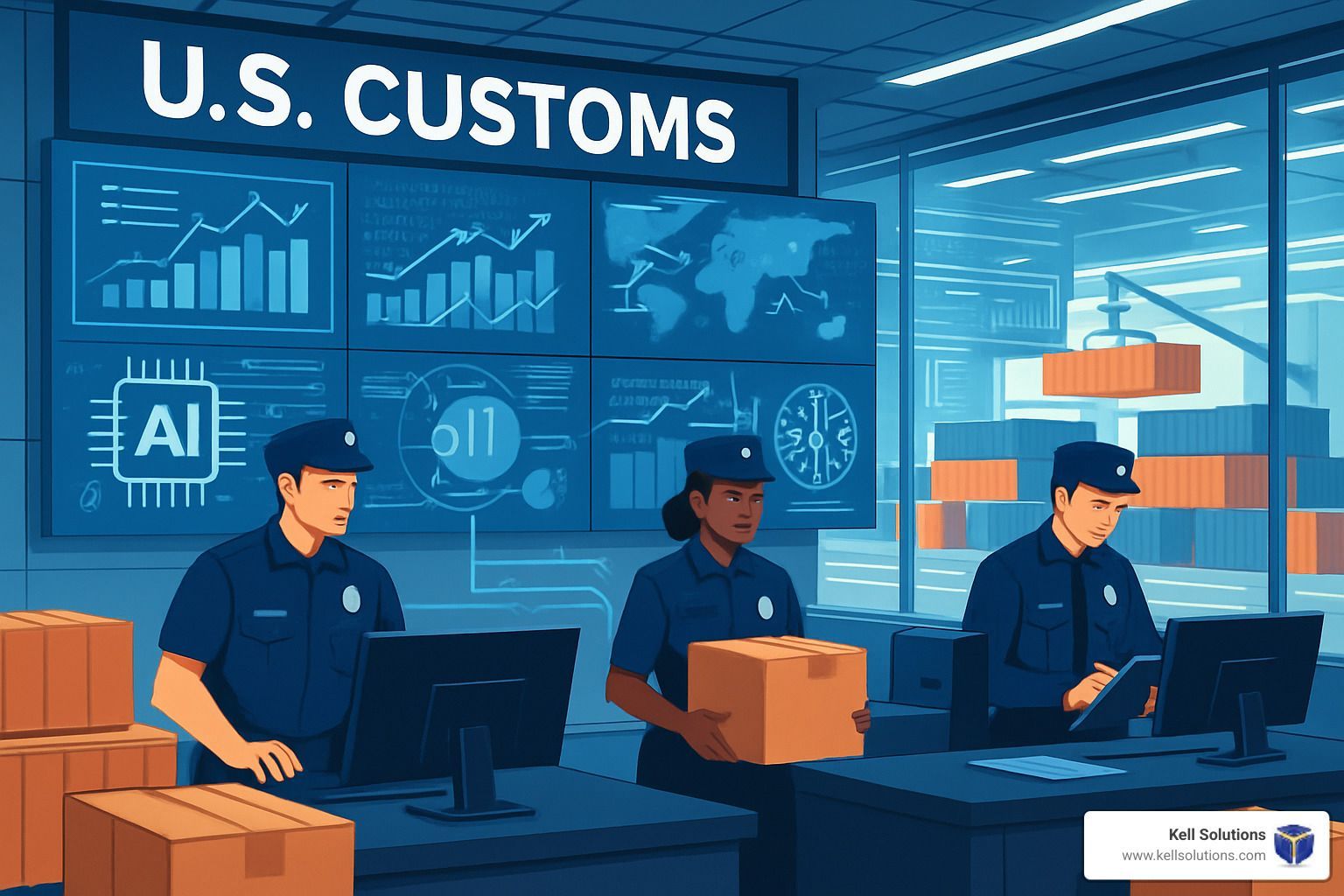
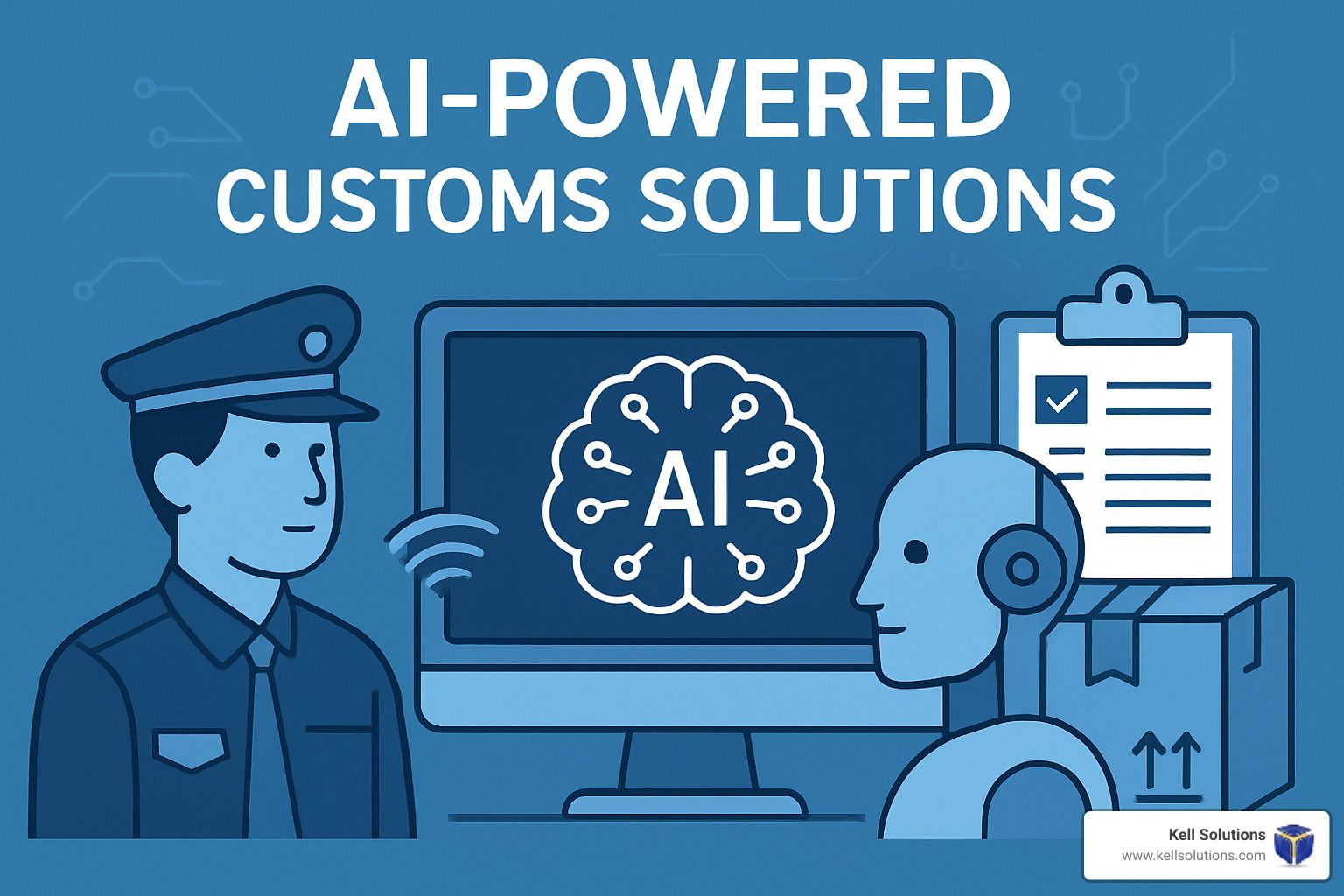
Efficiency & Speed Gains
Remember when preparing customs declarations felt like watching paint dry? Those days are over.
With ai-powered customs solutions, what once took hours now takes minutes. iCustoms users can submit complete declarations in as little as 3 minutes—about the same time it takes to brew your morning coffee. This isn't just convenient; it's transformative for supply chains where every hour counts.
The capacity is equally impressive. While your human team might struggle with seasonal spikes, Digicust's AI platforms handle thousands of declarations daily without breaking a sweat or asking for overtime.
Document handling, once the bane of every customs professional's existence, becomes almost effortless. As one logistics manager put it: "We went from 45 minutes of tedious data entry per declaration to 8 minutes of mostly just double-checking the AI's work. My team actually gets to go home on time now."
Accuracy & Compliance Boost
Let's face it—mistakes in customs declarations aren't just annoying; they're expensive. That's where the precision of ai-powered customs solutions truly shines.
These systems achieve over 90% accuracy in product classification, dramatically reducing the risk of those dreaded misclassification penalties. Unlike human staff who need to manually check for regulatory updates (and sometimes miss them), AI systems automatically incorporate the latest tariff schedules and trade agreement changes.
Consistency is another major advantage. While even your best employee might apply rules differently when they're tired or rushed, AI applies the same logic to every declaration, every time. CustomsBridge users particularly love the pre-submission validation feature that catches potential problems before they become costly mistakes.
"It's like having a compliance expert looking over your shoulder 24/7," explains one customs manager. "The system flags issues I might have missed, especially with complex classifications."
Cost & Resource Optimization
The financial impact of ai-powered customs solutions goes well beyond just processing speed. Research shows an average ROI of 300% within the first year—a number that would make any CFO smile.
Labor costs drop significantly as automation handles routine tasks. This doesn't necessarily mean staff reductions; rather, it allows you to redirect valuable human expertise toward strategic work instead of data entry. One company reported being able to handle a 40% increase in shipment volume without adding a single new hire.
Penalties and delays—the hidden costs of international trade—decrease dramatically with improved accuracy. A single detained shipment can cost thousands in storage fees and lost business; ai-powered customs solutions minimize these expensive incidents.
Digital record-keeping through systems like iCustoms means maintaining 6 years of perfectly organized documentation without a single filing cabinet. When audits happen (and they will), you're prepared with a complete digital trail.
Perhaps most impressively, these systems offer true scalability. Unlike manual processes where costs rise in lockstep with volume, AI solutions can handle significant growth with minimal additional expense. This creates predictable costs in an industry notorious for its financial surprises.
As automation expert Dr. James Wilson notes, "The most successful automation implementations aren't just about cost reduction—they're about creating capacity for growth without proportional expense increases."
Core Features & Modules to Look For
When evaluating AI-powered customs solutions, certain key features and modules stand out as essential for truly changing your customs operations. Think of these as the building blocks that will determine just how much time and money you'll save.
Intelligent Document Processing
The days of manually typing information from stacks of trade documents are over. A robust AI-powered customs solution should offer document processing that feels almost magical:
The best systems can ingest documents in virtually any format – whether they're PDFs, smartphone photos of invoices, or email attachments. What's impressive is how modern OCR technology can now "read" even those hard-to-decipher documents that used to give your team headaches.
"We were spending hours manually entering line items from invoices," shares one customs manager. "Now our AI system extracts that data in seconds, even identifying individual products and mapping them directly to our declaration forms."
Look for solutions that don't just extract data but also validate it. AiDock's document inspector (affectionately nicknamed "Amy") doesn't just pull information – it cross-checks documents for inconsistencies that might cause customs delays, catching problems before they become expensive mistakes.
HS Code Classification & Tariff Management
Ask any trade compliance professional about their biggest challenge, and HS code classification usually tops the list. This is where AI-powered customs solutions truly shine.
Modern AI classification engines can analyze product descriptions and suggest the correct 10-digit HS codes with remarkable accuracy. The best systems don't just match keywords – they understand context and nuance, just like an experienced classifier would.
"Our AI now handles 90% of classifications without human intervention," reports a logistics director at a major importer. "For the remaining 10%, it provides recommendations that make our specialists' jobs much easier."
Beyond classification, these systems calculate duties and taxes automatically, factoring in country-specific rules, free trade agreements, and special programs. Custom codes has revolutionized this process by leveraging large language models that make "HS code classification effortless in seconds" – turning what was once a bottleneck into a competitive advantage.
End-to-End Declaration Workflow
The customs process doesn't stop at classification. A truly comprehensive AI-powered customs solution handles the entire journey from document receipt to final customs clearance.
Look for systems that support both import and export declarations across multiple countries – bonus points if they handle specialized filings like NCTS transit documents in Europe or security filings like Entry Summary Declarations (ENS) and Import Control System (ICS2) requirements.
The workflow should match how your team actually works. iCustoms offers an excellent example with their unified platform covering diverse customs processes – from iCDS for UK imports and exports to specialized modules for transit and security declarations.
The real magic happens when these workflows adapt to your business rather than forcing you to change your processes. The best solutions allow you to create approval hierarchies, set validation rules, and customize the flow to match your specific compliance requirements.
Risk Management & Compliance Monitoring
With customs penalties reaching eye-watering levels, risk management isn't optional – it's essential. Your AI-powered customs solution should be your first line of defense.
Modern systems continuously monitor for compliance issues, flagging potential problems before your declaration ever reaches customs authorities. They scan for denied parties, check for licensing requirements, and verify that documentation meets all regulatory standards.
AiDock's compliance assistant, Darren, exemplifies this approach – constantly monitoring changing regulations and alerting users to potential compliance issues. The best systems maintain comprehensive audit trails too, documenting every decision and action for those inevitable customs audits.
"We haven't had a single penalty since implementing our AI system," notes one import manager. "The automated compliance checks catch issues we might have missed, especially during busy periods."
Analytics & Continuous Learning
What truly separates good AI-powered customs solutions from great ones is their ability to learn and improve over time.
The most advanced systems incorporate feedback loops – when users correct an AI suggestion, the system learns from that correction and gets smarter. Performance dashboards give visibility into key metrics like processing times and error rates, helping you quantify your ROI.
Digicust's approach shows the power of continuous learning – their AI has been trained on over 100 million documents, with each new transaction further improving the system's accuracy. This creates a virtuous cycle where your system becomes more valuable the longer you use it.
Smart predictive analytics can even forecast clearance times and potential delays, giving your supply chain team the insights they need for better planning. When comparing manual processes to AI-powered solutions, the difference in error rates is striking:
Document Data Extraction
5-8%
0.5-1%
HS Code Classification
10-15%
1-3%
Declaration Submission
3-7%
<1%
By focusing on these core features when evaluating AI-powered customs solutions, you'll identify systems that deliver meaningful improvements to your customs operations – not just incremental gains, but transformative changes that can turn customs from a bottleneck into a competitive advantage.
Implementing AI Customs Automation: Integration, Security & Best Practices
Bringing ai-powered customs solutions into your business isn't just about buying software—it's about creating a seamless digital ecosystem that transforms your customs operations. Let's explore how to make this transition smooth and secure.
Integration Pathways for Legacy Systems
Most companies have invested years (and considerable resources) into their existing systems. The good news? Modern ai-powered customs solutions are designed to play nicely with what you already have.
"We were worried our 15-year-old ERP system would be a roadblock," shared one manufacturing company's supply chain director. "But the integration options were surprisingly flexible. We started with simple email integration and gradually moved to a more robust API connection."
Your integration options typically include:
REST APIs that create secure, real-time data highways between your systems and the AI platform. These modern interfaces make data exchange almost effortless for newer systems.
For older legacy systems without API capabilities, RPA (Robotic Process Automation) bridges can fill the gap—essentially creating digital workers that move information between systems just as a human would.
Many vendors also offer web widgets you can embed right into your existing interfaces, giving users a familiar experience while adding AI power under the hood.
Even the simplest option—email integration—can be remarkably effective. Solutions like Digicust allow your team to simply email documents to the AI system, requiring almost no IT involvement to get started.
Data Quality & Governance Essentials
Your AI system is only as good as the data it processes. Think of data as the fuel for your ai-powered customs solutions—premium fuel means premium performance.
Start by synchronizing your product master data across systems. When your product descriptions, classifications, and attributes match everywhere, you'll avoid confusion and errors downstream.
Establish clear data cleansing protocols before information enters your AI environment. This might include standardizing formats, fixing common errors, and ensuring consistency across fields.
"The early training phase is critical," notes a customs data specialist from iCustoms. "While our AI can start learning with as few as 50 documents, the quality of those examples dramatically affects performance."
For long-term success, create a governance framework that clearly defines who's responsible for data accuracy, AI oversight, and ongoing improvement. This human oversight remains essential even as automation increases. Learn more about data quality and its impact on AI implementations.
Security & Privacy Safeguards
Trade data contains some of your most sensitive commercial information—supplier relationships, pricing, product details—making security non-negotiable when implementing ai-powered customs solutions.
Look for platforms that provide end-to-end encryption, protecting your data both during transmission and while stored. The best systems follow a "minimal data" approach, storing only what's absolutely necessary in AI environments.
ISO 27001 certification is a strong indicator that a provider takes security seriously. This international standard ensures they follow rigorous information security practices.
With global trade comes global compliance concerns. Ensure your chosen solution adheres to relevant data protection regulations like GDPR in Europe and various data localization requirements in countries where you operate.
AiDock, for example, highlights their ISO 27001 certification and specialized document protection features designed specifically for sensitive trade data. For deeper insights into security considerations, review this research on data privacy.
Change Management & Training
The most sophisticated ai-powered customs solutions will fall flat without proper human adoption. Technology is only half the equation—your team's comfort and skill with the new system determines ultimate success.
Start small and build confidence. A phased rollout focusing on specific processes or product categories allows you to demonstrate wins quickly while refining your approach. As one customs manager advised: "We began with our highest-volume product category, proved the concept, and expanded from there. This built trust and gave us time to adjust our processes."
Invest in comprehensive training that goes beyond basic functionality. Your team needs to understand not just how to use the system, but how to interpret AI suggestions, provide effective feedback, and handle exceptions.
Communicate transparently about why you're implementing AI automation. Address concerns about job displacement directly, focusing on how automation will eliminate tedious tasks and allow staff to focus on more valuable, interesting work.
Track clear KPIs from day one to measure impact and identify improvement areas. These metrics become powerful tools for maintaining momentum and securing continued investment in your digital change. For more strategies on successful implementation, explore AI integration in business processes.
The path to fully automated customs operations isn't an overnight journey—it's an evolution that combines technology, people, and process improvements. With thoughtful planning around integration, data quality, security, and change management, your ai-powered customs solutions will deliver transformative results that grow stronger over time.
Future Trends & Choosing the Right Solution
The world of ai-powered customs solutions is evolving at breakneck speed, opening new possibilities for businesses engaged in international trade. As technology advances, today's innovations are just the beginning of what promises to be a change in global customs management.
Evaluating Vendors & ROI
Finding the right ai-powered customs solution for your business requires careful consideration of several key factors:
Feature alignment matters tremendously – the solution you choose should directly address your specific pain points and compliance requirements. A manufacturing company might prioritize HS code classification accuracy, while a high-volume retailer might value processing speed above all else.
"We initially focused only on price," admits a logistics director who recently implemented an AI customs system. "But we quickly realized that support quality and feature alignment were far more important to our success."
When it comes to pricing models, different vendors offer various approaches – from per-declaration fees to monthly subscriptions or transaction-based pricing. The best fit depends on your typical volume and patterns. Seasonal businesses might benefit from usage-based models, while steady importers often save with flat-rate subscriptions.
Don't underestimate the importance of support levels. Even the most sophisticated AI requires human expertise for implementation and handling edge cases. Ask potential vendors about their onboarding process, training resources, and availability of expert help when complex scenarios arise.
Before full commitment, request a pilot project to test the solution with your actual data and processes. This real-world validation provides confidence and reveals any potential implementation challenges.
Finally, develop a comprehensive ROI calculation that goes beyond direct cost savings to include efficiency gains, error reduction, and decreased compliance risk. A CFO who recently implemented an ai-powered customs solution shared: "We calculated our break-even at six months, but actually achieved it in just over three months. The most surprising benefit was the reduction in inventory carrying costs due to more predictable clearance times."
Scaling AI-Powered Customs Solutions Across Regions
For businesses operating globally, implementing ai-powered customs solutions across multiple jurisdictions presents unique challenges that require thoughtful planning.
Look for platforms with robust multi-jurisdiction rule engines that maintain up-to-date regulatory information across all your operating regions. The best solutions automatically incorporate regulatory changes from customs authorities worldwide, ensuring your declarations remain compliant without constant manual updates.
Multilingual capabilities are non-negotiable for global operations. Your chosen solution should handle documents and interfaces in multiple languages, with accurate translation of technical terms and customs-specific vocabulary. As one global logistics manager noted, "A mistranslation in customs documentation can cause just as many delays as missing information."
Cloud elasticity provides the flexibility to scale resources as volume fluctuates across regions. This is particularly valuable for businesses with seasonal patterns or those expanding into new markets. During peak seasons, your system should seamlessly handle increased volume without performance degradation.
Even with the most advanced AI, regional compliance expertise remains valuable for complex scenarios. The best solutions combine technological power with access to customs specialists who understand the nuances of different jurisdictions. CustomsBridge exemplifies this approach with their system that includes automatic translation of all European Binding Tariff Information (BTIs), facilitating consistent classification across EU member states.
The Road Ahead: Autonomous Supply Chains
The future of ai-powered customs solutions is pointing toward increasingly autonomous supply chains where human intervention becomes the exception rather than the rule.
Generative AI applications are emerging that can create compliant customs documentation from minimal inputs. These systems can draft responses to customs queries, prepare complex technical descriptions, and generate appropriate classification justifications – tasks that previously required significant human expertise.
The concept of digital twins – virtual representations of physical supply chains – will enable advanced simulation and optimization of customs processes. Businesses will be able to test different scenarios and identify the most efficient pathways before physical goods ever move.
Blockchain integration promises to revolutionize traceability and trust in international trade documentation. The immutable nature of blockchain creates an auditable trail of document custody and modifications, potentially eliminating many verification steps that currently slow down customs clearance.
Forward-thinking customs authorities are creating regulatory AI sandboxes where new solutions can be tested against actual regulatory requirements before full deployment. These collaborative environments accelerate innovation while ensuring compliance.
Perhaps most exciting is the move toward 24/7 clearance – the combination of AI automation and customs authority digitization is creating a future where low-risk shipments receive near-instantaneous clearance any time of day or night.
"Within five years, we'll see a significant portion of trade flowing through fully automated customs channels," predicts one customs technology expert. "Human intervention will be required only for high-risk or exceptional cases. The days of routine customs delays will become a thing of the past."
For businesses preparing for this future, investing in ai-powered customs solutions today isn't just about solving current pain points – it's about positioning for competitive advantage in the autonomous supply chains of tomorrow.
Frequently Asked Questions about AI Customs Automation
How accurate are AI-driven HS code classifications?
When businesses first hear about AI-powered customs solutions, their immediate question is often about accuracy. After all, incorrect classifications can lead to delays, penalties, and headaches.
The good news? Most modern AI-powered customs solutions achieve impressive 90%+ accuracy rates for HS code classification, with some specialized systems pushing this to 99% for certain product categories. What's even better is that these systems get smarter over time.
Think of it like training a new employee – the more examples they see and the more feedback they receive, the better they become. Several factors influence just how accurate your system will be:
The quality of your training data matters tremendously. Feeding the AI clear, consistent examples gives it the best chance of success. Similarly, how you describe your products makes a big difference – vague descriptions lead to vague classifications.
One customs manager told me, "We saw our accuracy jump from 85% to 97% after standardizing our product descriptions and spending just three weeks correcting the AI's initial suggestions."
For best results, establish a regular review process where experts check a sample of AI-generated classifications and provide corrections. This feedback loop creates a virtuous cycle of continuous improvement.
Can AI solutions integrate with my existing ERP or TMS?
"We've invested millions in our ERP system – I can't just throw that away!" This concern comes up in nearly every conversation about implementing AI-powered customs solutions.
Rest easy. Modern AI customs platforms are designed with flexibility in mind, offering multiple paths to connect with your existing systems:
Real-time API connections allow for seamless data exchange between systems, while file-based integrations work well for periodic batch processing. Some businesses prefer web services for on-demand queries, while others start with simple email integration for document submission.
As Digicust aptly puts it: "Our solution integrates with your processes, not the other way around." This customer-centric approach means you won't need to overhaul your established workflows to gain the benefits of AI automation.
A logistics director who recently implemented an AI-powered customs solution shared: "We were surprised how easy integration was. We started with a simple email connector while our IT team worked on the full API integration. This phased approach meant we could start seeing benefits within days, not months."
What upfront data is required to train the models?
Starting your AI journey doesn't require mountains of historical data – though more quality examples certainly help.
Different providers have different approaches. Some, like iCustoms, can begin with as few as 50 representative documents to build a functional model. Others might recommend several months of historical declarations to achieve optimal performance from day one.
The most helpful training materials include:
Your product master data (descriptions, previous classifications, values), historical customs documentation, and any previous classification rulings you've received. The key isn't quantity but diversity – providing examples that cover your full product range and transaction types.
Many providers now offer pre-trained models that already understand common products and scenarios. These "ready-to-go" systems need only supplemental training for your specific or unique products.
One customs broker noted: "We were concerned about the training process, but it turned out much simpler than expected. The system already understood 80% of our common products, and we only needed to train it on our specialty chemical imports."
Training isn't a one-time event but an ongoing process. The best AI-powered customs solutions continue learning from every transaction, getting smarter with each declaration processed.
Conclusion
The change of customs processes through AI-powered customs solutions represents one of the most exciting opportunities for businesses in international trade today. These innovative technologies aren't just incremental improvements—they're game-changers that can fundamentally reshape how you manage cross-border commerce.
Throughout this guide, we've seen the remarkable benefits these solutions deliver to businesses just like yours:
- Processing declarations in minutes instead of hours
- Slashing costs by up to 50% compared to manual methods
- Achieving classification accuracy above 90% and overall declaration accuracy of 99%
- Growing your international operations without needing to proportionally increase customs staff
- Sleeping better at night with improved compliance and audit-ready systems
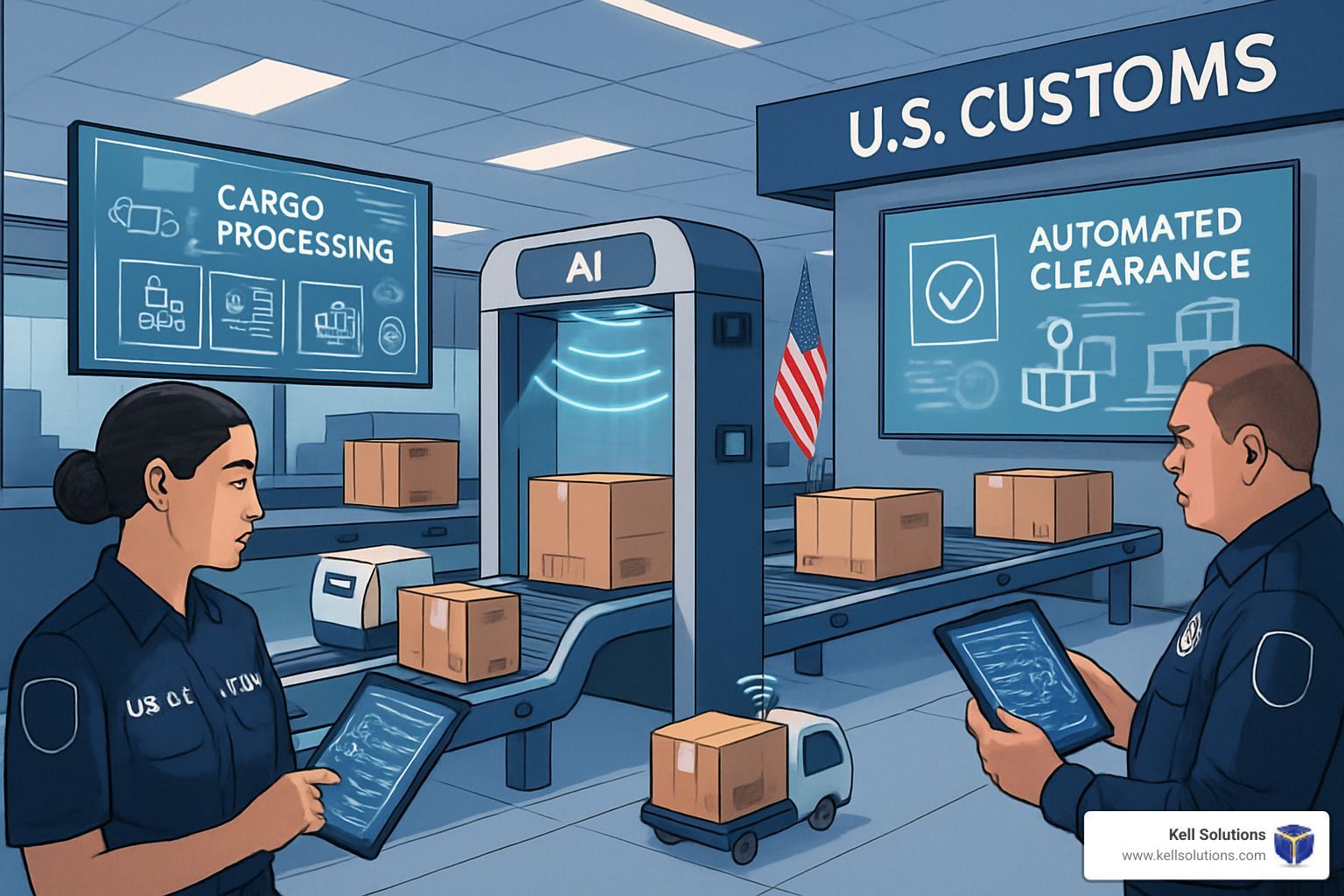
Your journey toward customs automation doesn't need to be overwhelming. It starts with understanding your current pain points, mapping your existing processes, and then selecting a solution that addresses your specific challenges while integrating smoothly with your current systems.
At Kell Solutions, we understand that every business faces unique challenges. While our primary expertise lies in AI-powered voice agents for customer engagement, we recognize how AI is revolutionizing all business processes—including the complex world of international trade and customs management.
The writing is on the wall: global trade is rapidly becoming more digital, automated, and intelligent. Companies that adopt AI-powered customs solutions today will enjoy significant competitive advantages through faster clearance times, dramatically lower operational costs, and much more predictable supply chains.
Most businesses see a break-even point within 4-6 months, followed by accelerating returns as their systems learn and improve. The investment pays for itself quickly, then continues delivering value year after year.
Ready to explore how AI can transform your business operations beyond just customs? Request a Free AI Demo to see our AI-powered solutions in action and find what's possible for your business.
📚 About the AuthorGregg Kell is a seasoned digital marketing strategist and founder of Kell Web Solutions, Inc., helping professional service firms grow through innovative AI-powered solutions like VoiceGenie AI. With over 20 years of experience in web development, lead generation, and business automation, Gregg is passionate about helping small businesses maximize growth and profitability through cutting-edge technologies.
When he's not helping businesses boost their bottom line, Gregg enjoys life by the beach in Laguna Beach, California, with his wife Debbie, celebrating over 40 years of marriage and entrepreneurial trips.
👉 Explore More from Gregg:
VoiceGenie AI Demo (https://my.duda.co/site/e9f6c7e1/null)
Missed Call ROI Calculator (https://my.duda.co/site/e9f6c7e1/null)
VoiceGenie AI Pricing (https://my.duda.co/site/e9f6c7e1/null)
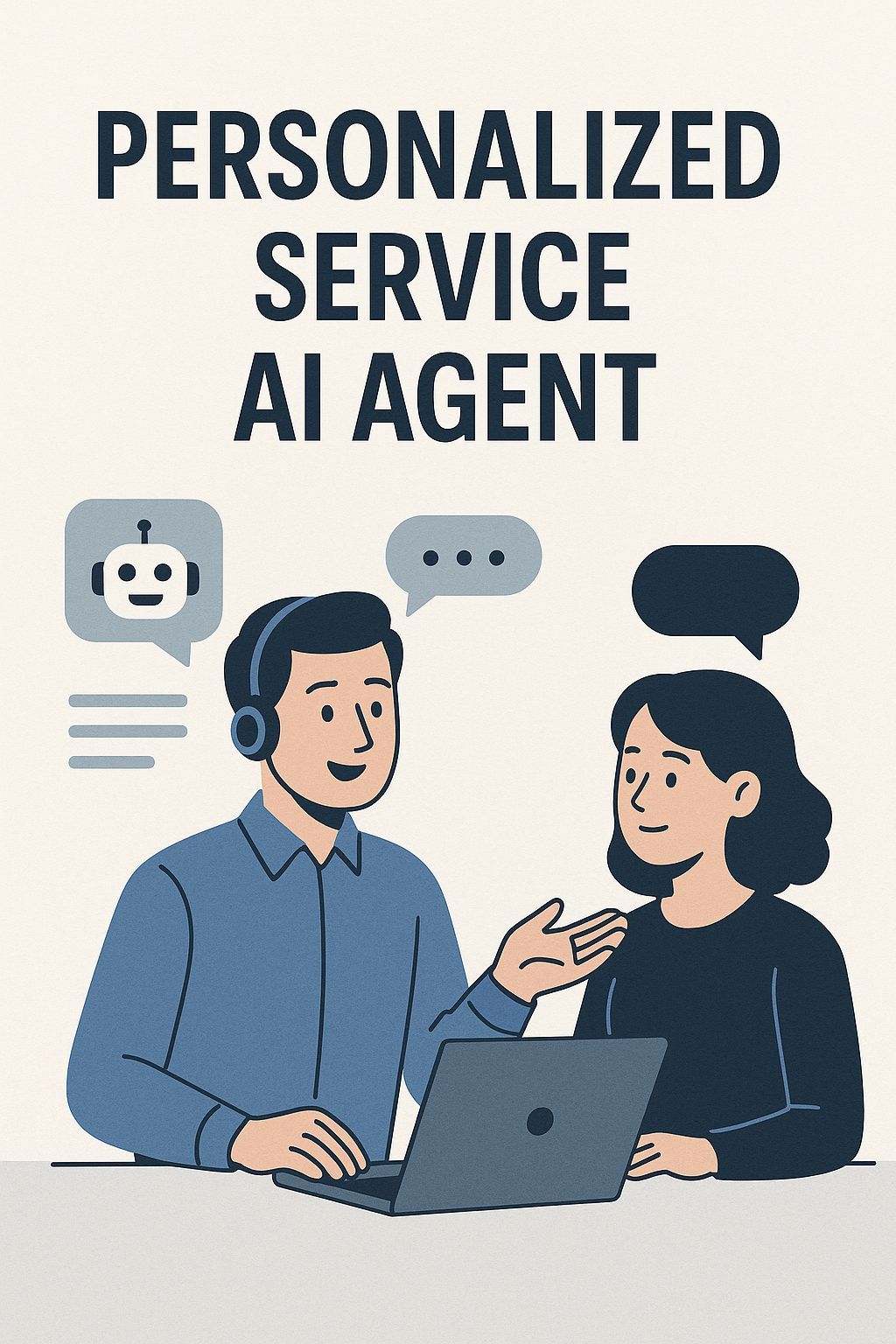
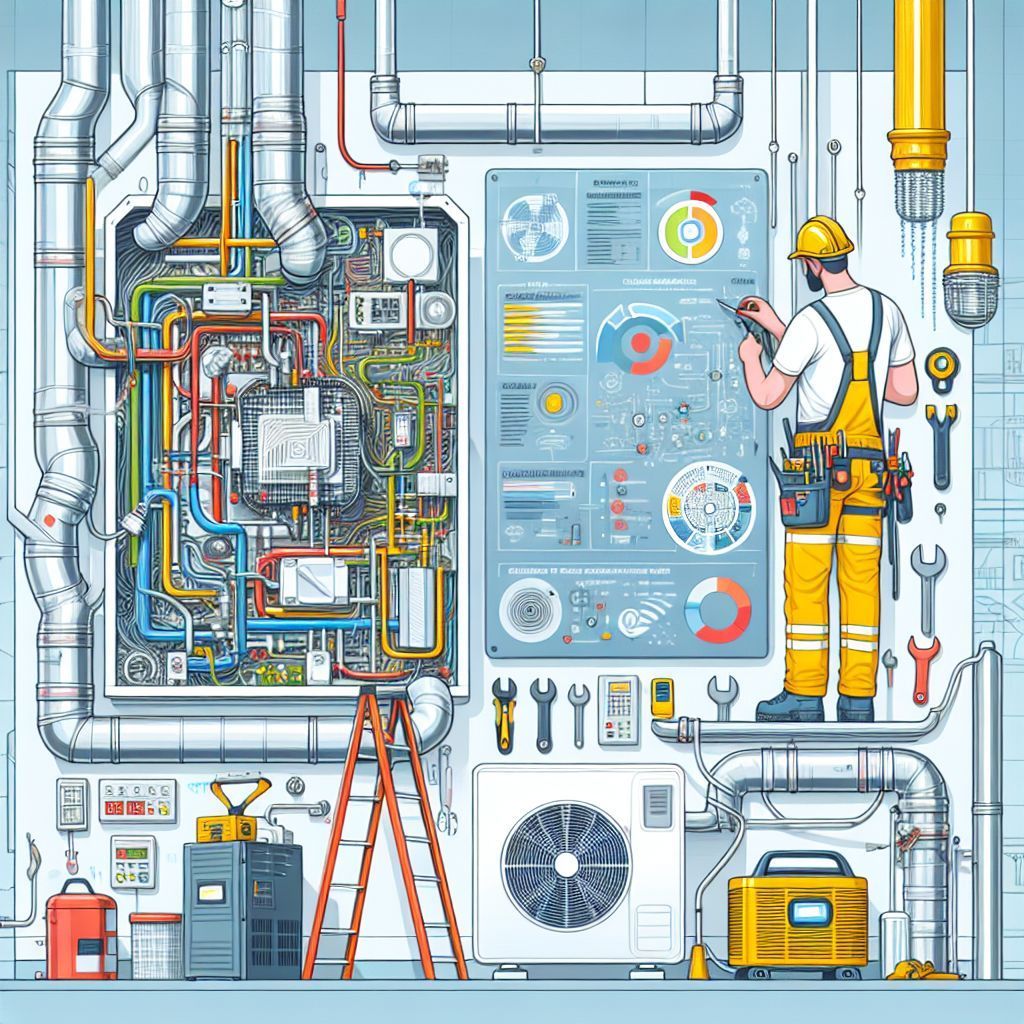
Orange County HVAC Google AI Overview Domination: 7 Proven Strategies to Capture Featured AI Results
